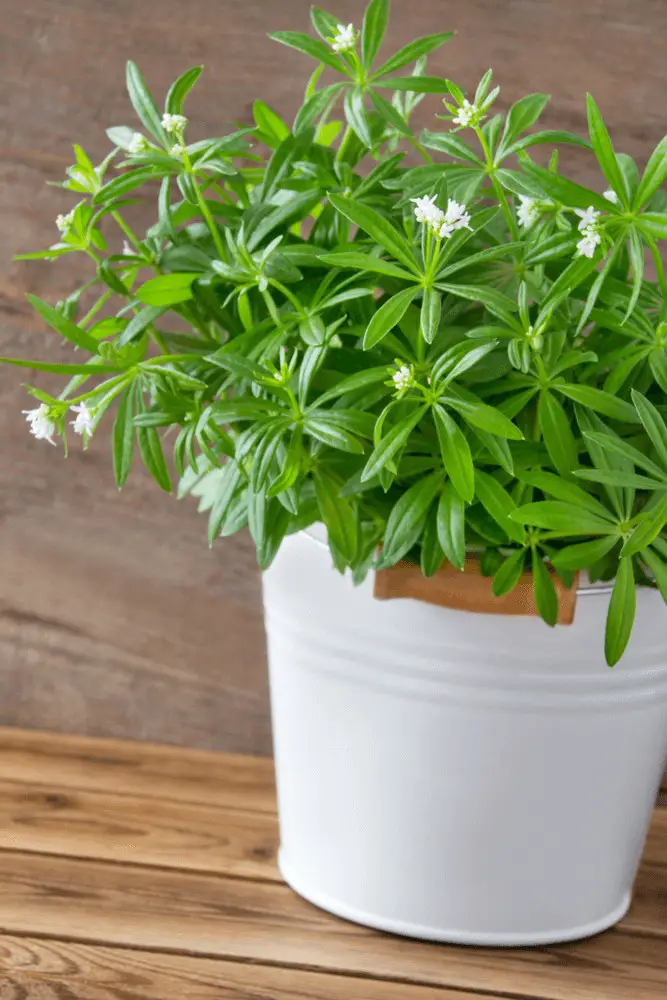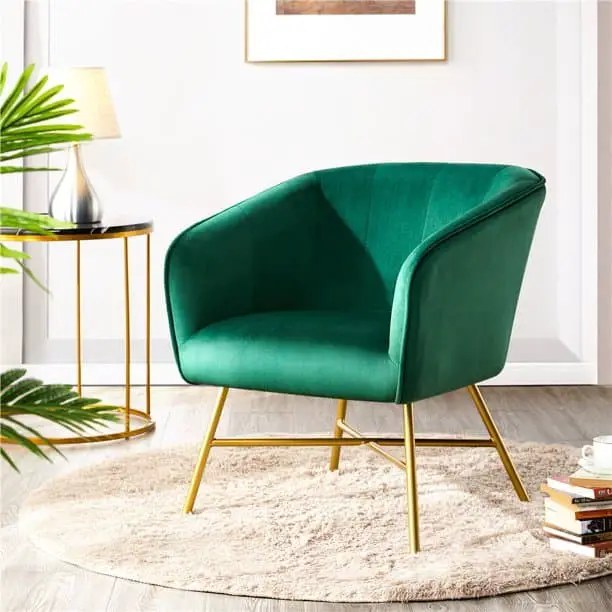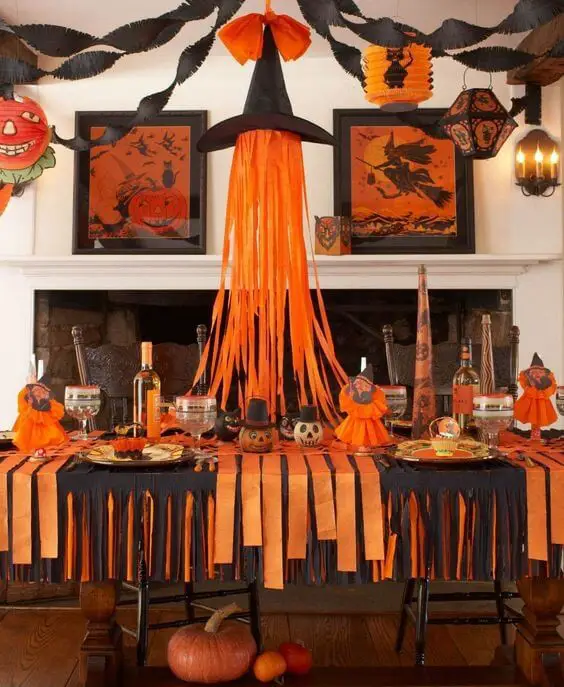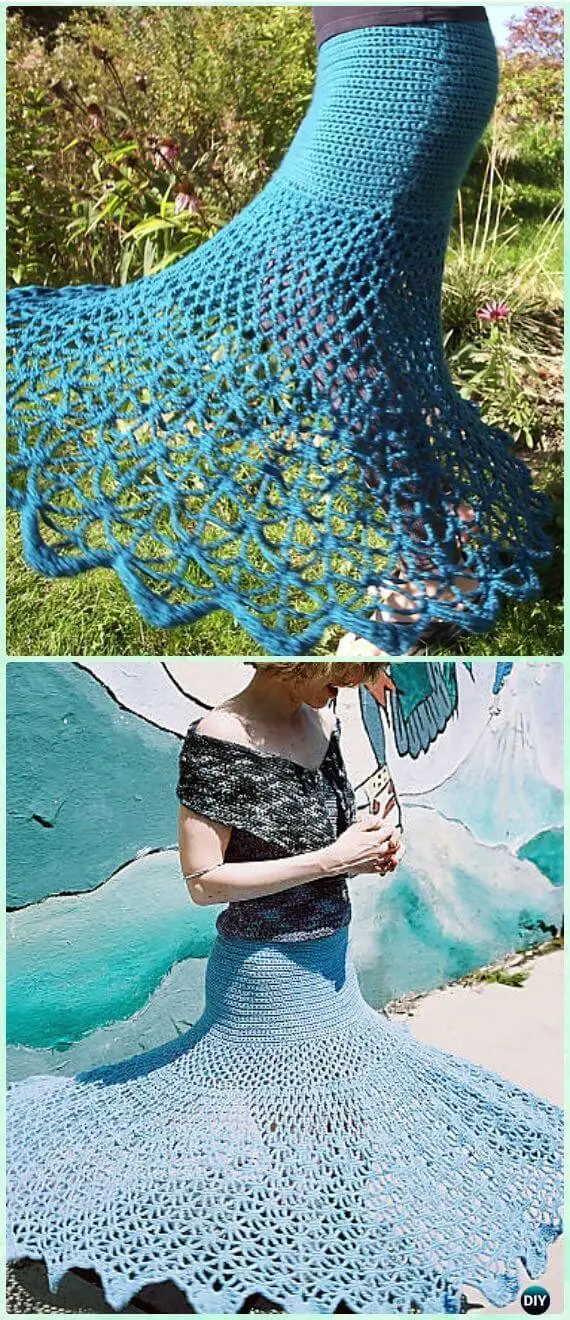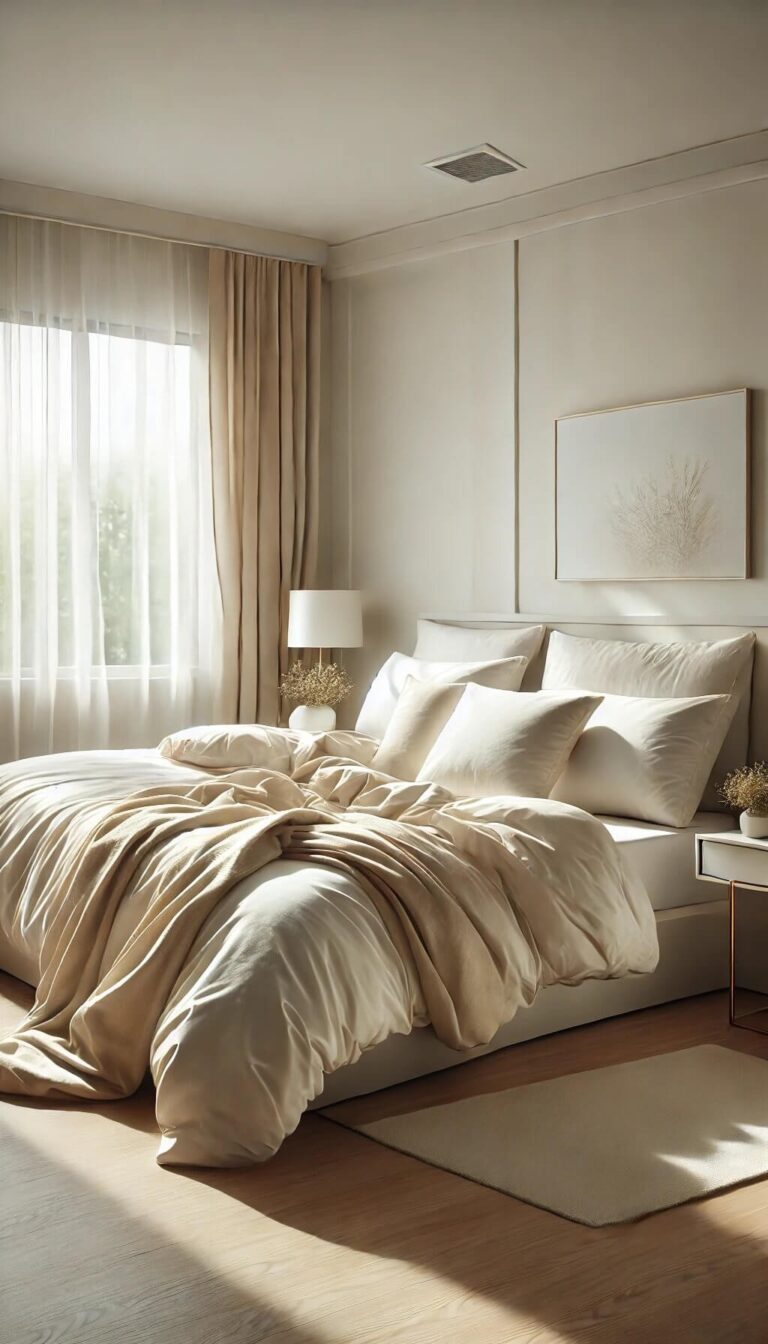How To Decorate With Houseplants: Hanging Plants, Windowsill Gardens, And Other Decorating Ideas
Houseplants are a versatile way to elevate your home’s aesthetic while also providing numerous benefits for indoor air quality. Not only do they purify the air, but they can also add a pop of color and style to any room. Here’s how you can incorporate houseplants into your décor:
One of the simplest ways to add visual interest is by grouping them together. This creates a striking focal point that can be used to anchor a room or define different spaces.
For a more dramatic effect, consider hanging your plants from the ceiling or a sturdy hook. This adds a touch of whimsy and can be especially effective in high-ceilinged rooms.
If you’re looking for a more low-key approach, try placing a few plants on bookshelves or side tables to add some greenery to your reading nooks and coffee tables.
Finally, don’t overlook the opportunity to get creative with your plant displays.
Use pots of different shapes and sizes to create a visually interesting arrangement, or incorporate decorative planters and vases to tie in with your existing décor.
Hang Em High
Transform dull views and create cozy ambiance by combining accent windows with hanging plants. These green wonders can not only brighten up an uninviting view but also provide the added benefit of increased privacy. To showcase your lush houseplants, consider using hangers that attach to the ceiling or high stands in a variety of materials such as polished metal, woven art pieces, wooden finishes, metals, and plastic.
The possibilities are endless, with options ranging from simple poles with hooks at the top to floor-to-ceiling supports for showcasing trailing plants and vines. Allow these verdant wonders to cascade down high shelves, adding a touch of elegance and serenity to any room.
Group Effort
Grouping plants on various surfaces can create a visually stunning arrangement. To achieve this, select plants that vary in height and texture. For instance, a statement piece like Dieffenbachia with its large, variegated leaves can provide a dramatic backdrop for smaller, brightly colored blooms like African Violets or Philodendrons with their dark, glossy foliage.
Additionally, consider using trailing plants on shelves and tables where foot traffic is low, allowing stems to cascade over the edges. To prevent water damage and maintain cleanliness, utilize trays or planters that can catch any excess moisture.
Book Em
Transforming ordinary spaces into cozy retreats can be achieved with minimal effort and maximum impact. For a serene and understated effect, incorporate tiny houseplants onto the shelves of bookcases, curio cabinets, or entertainment centers. Ivies are particularly well-suited for this purpose, as their delicate tendrils bring a touch of natural charm to the space.
This clever hack not only adds a personal touch but also helps purify the air and create a sense of calm in dorm rooms or small offices.
Step It Up
To achieve a visually appealing display of houseplants, consider repurposing old books, boxes, or other stackable items into a unique staircase formation. Cover the structure with a piece of fabric to add texture and soften the overall look. Alternatively, an old ladder can be transformed into a plant stand by painting or staining it to match the room’s décor. By arranging your plants in this creative way, you’ll create a harmonious and organized display that showcases your favorite foliage.
Chef’s Helper
Transform your kitchen into a vibrant oasis by leveraging the natural light pouring in from a sunny window! Consider filling pots with an assortment of herbs, which not only adds a pop of color but also provides an instant herb garden at your fingertips. Simply snip off what you need and enjoy the fresh flavor boost.
Additionally, flowering plants like geraniums, jasmine, or begonias will thrive in this warm and welcoming environment, injecting a splash of color into the room and creating a cozy atmosphere.
Rekindle the Fire
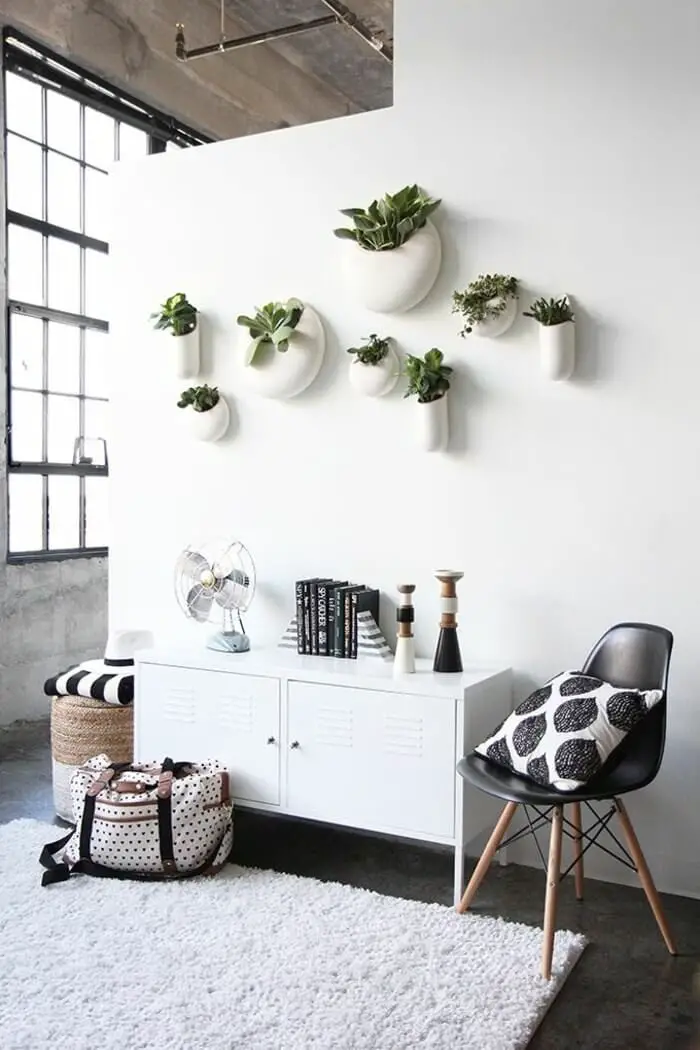
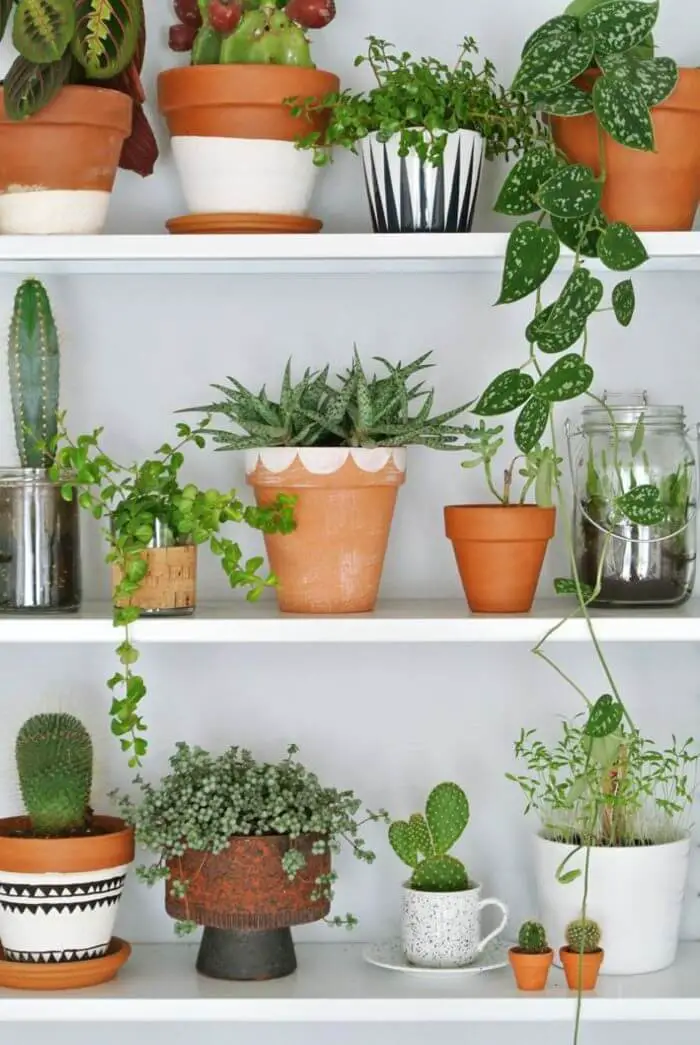
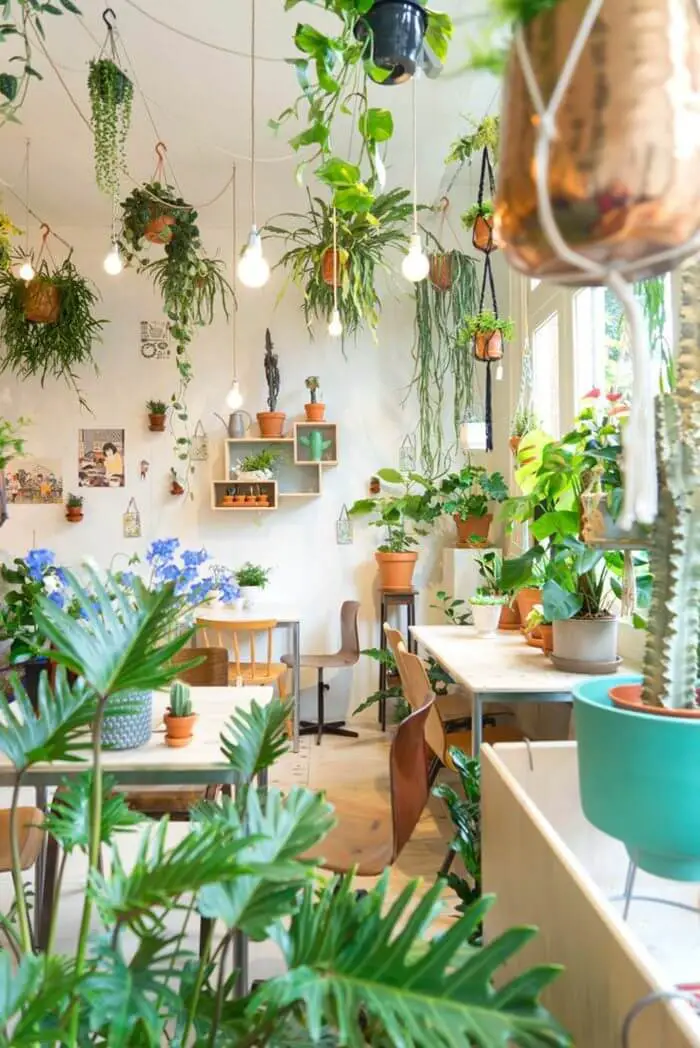
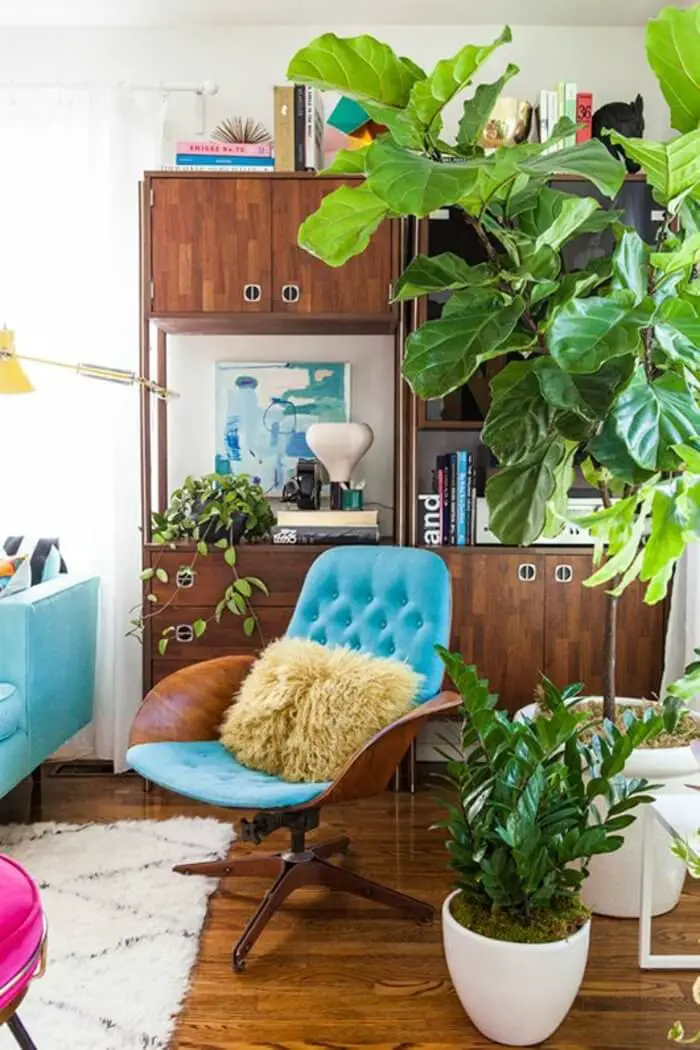
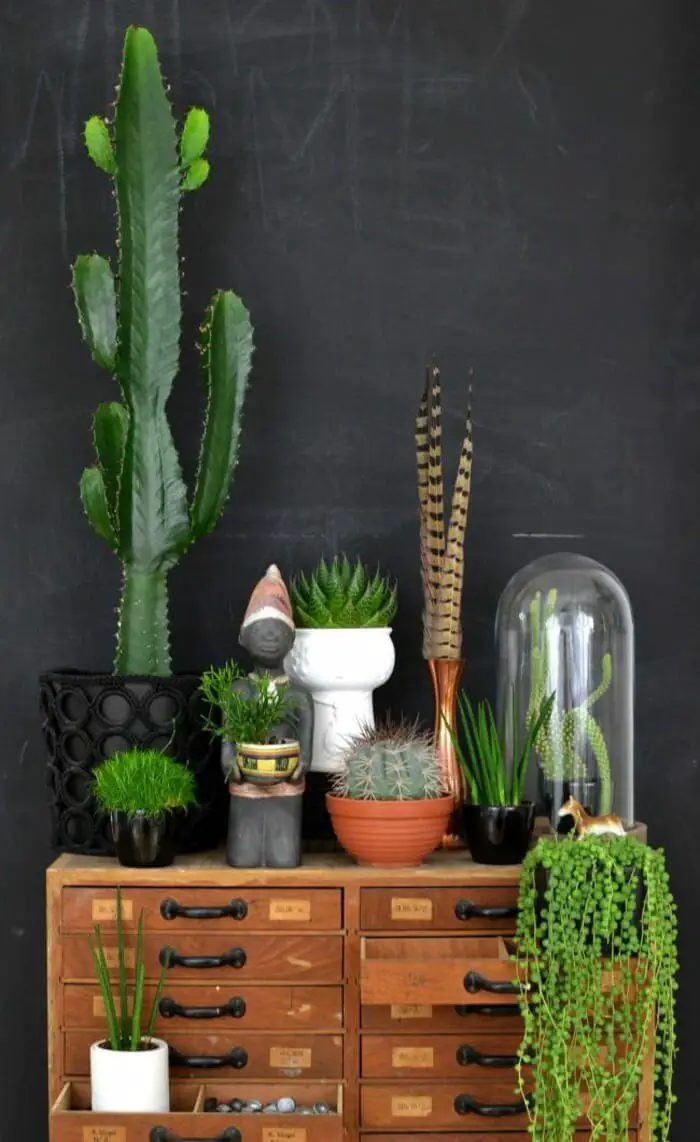
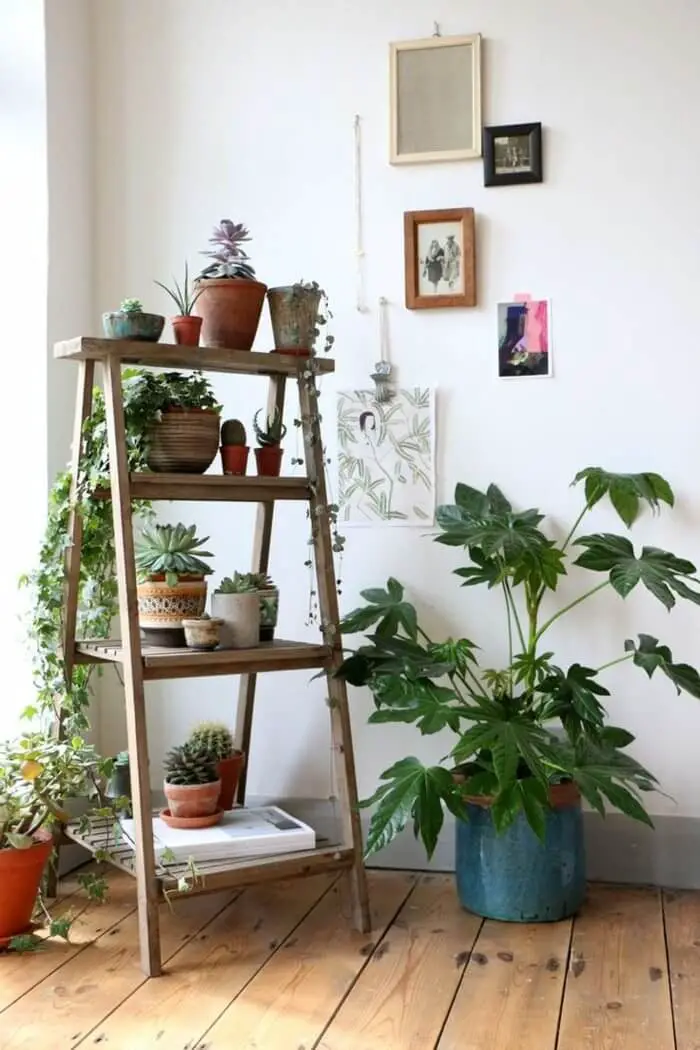
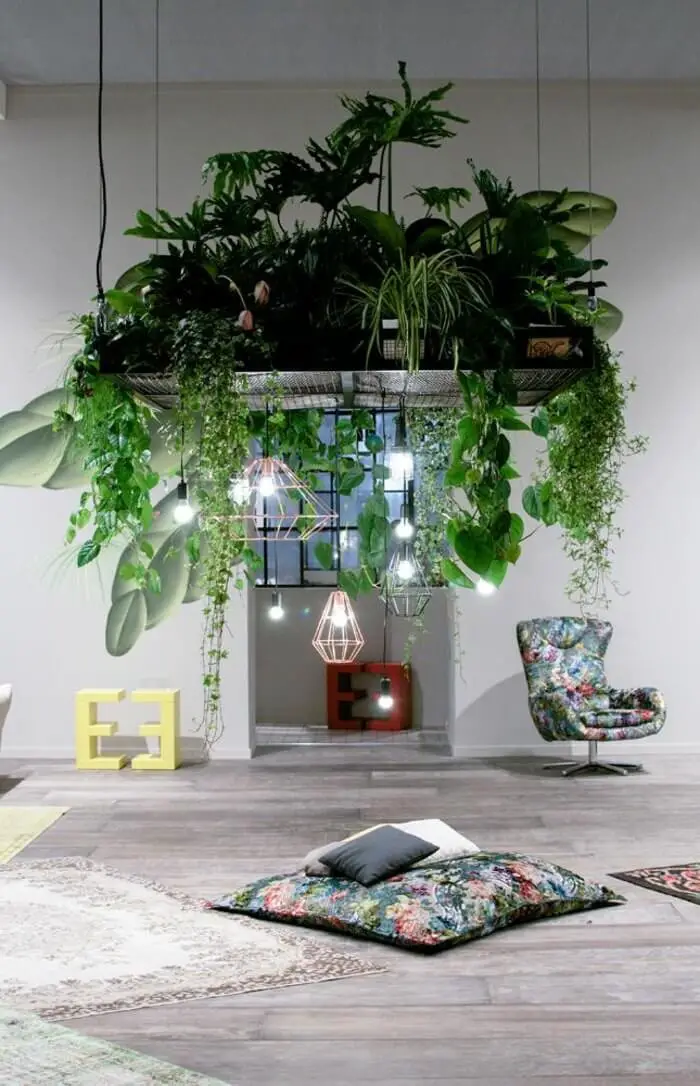
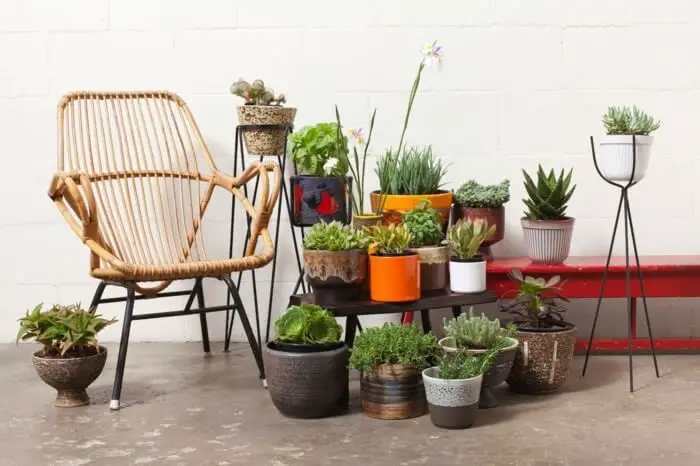
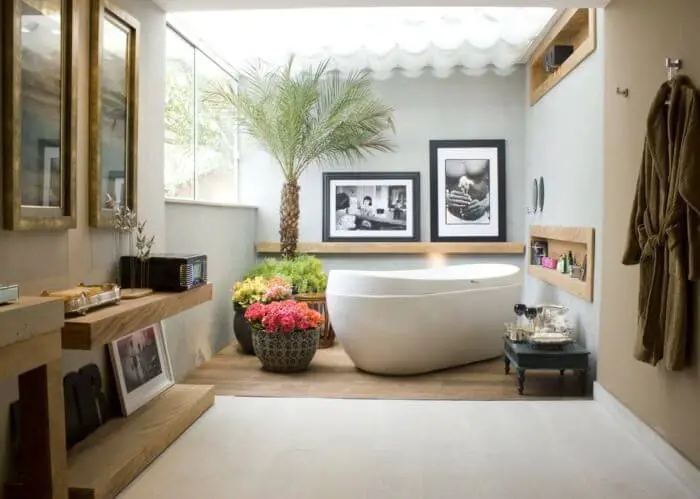
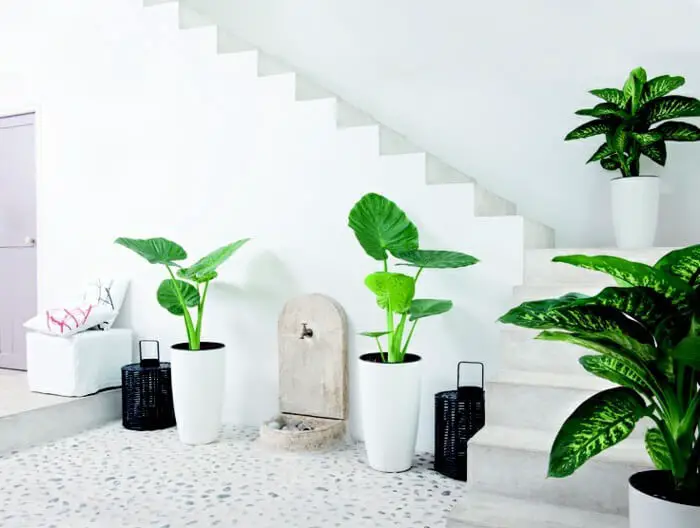
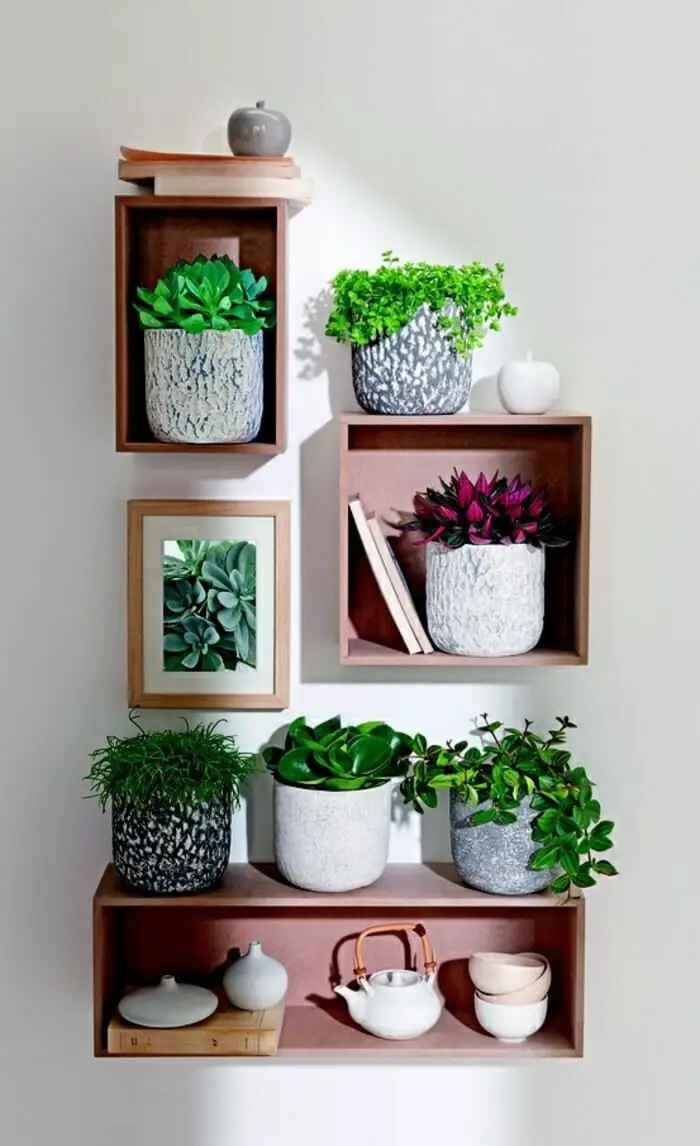
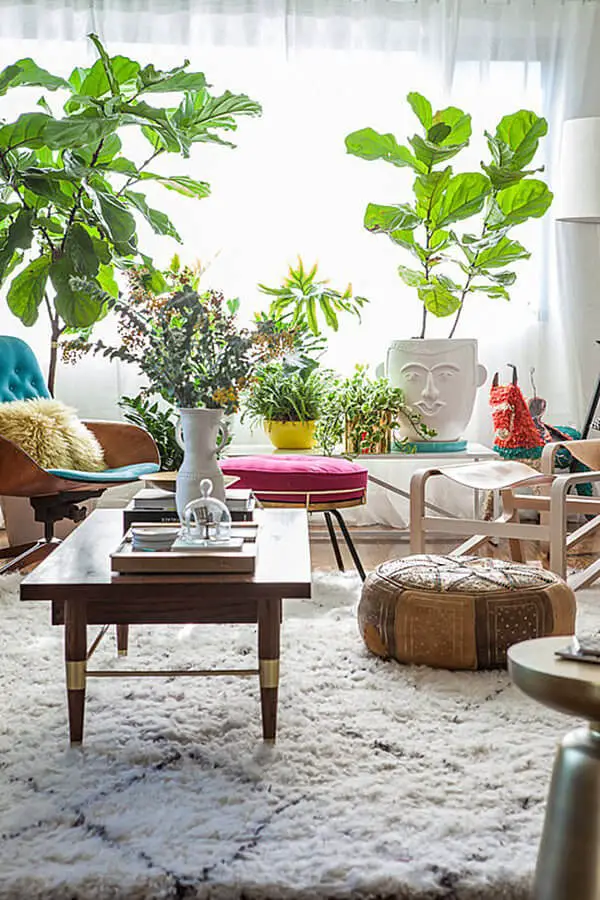
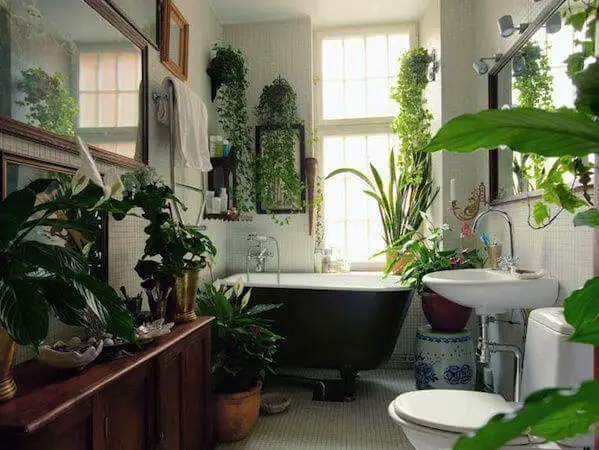
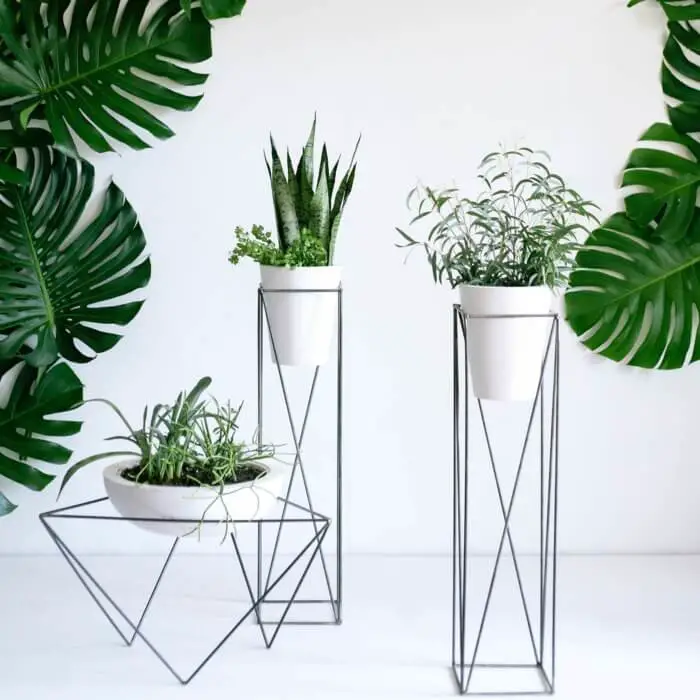
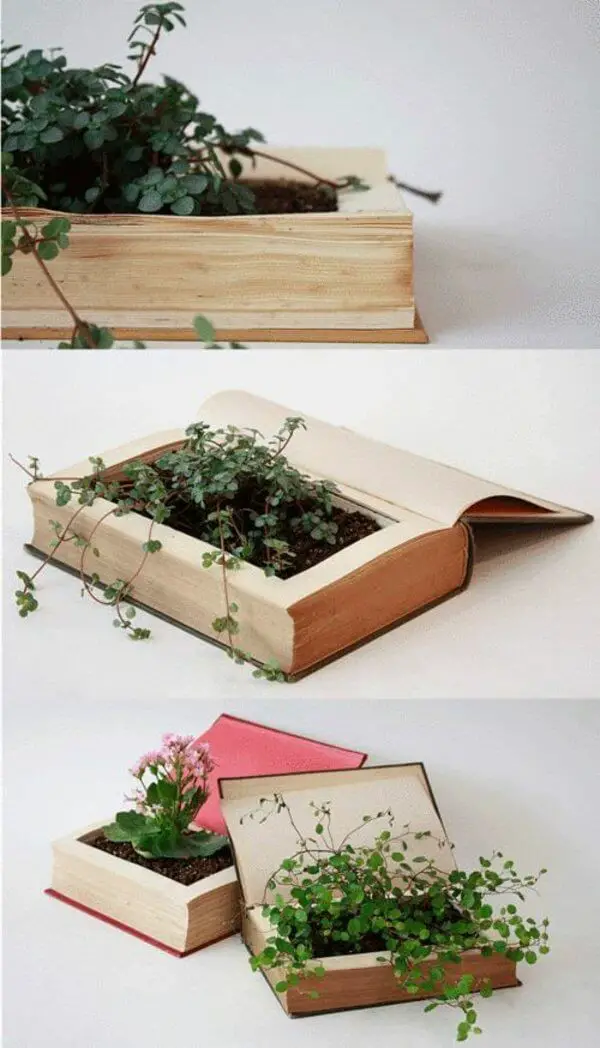
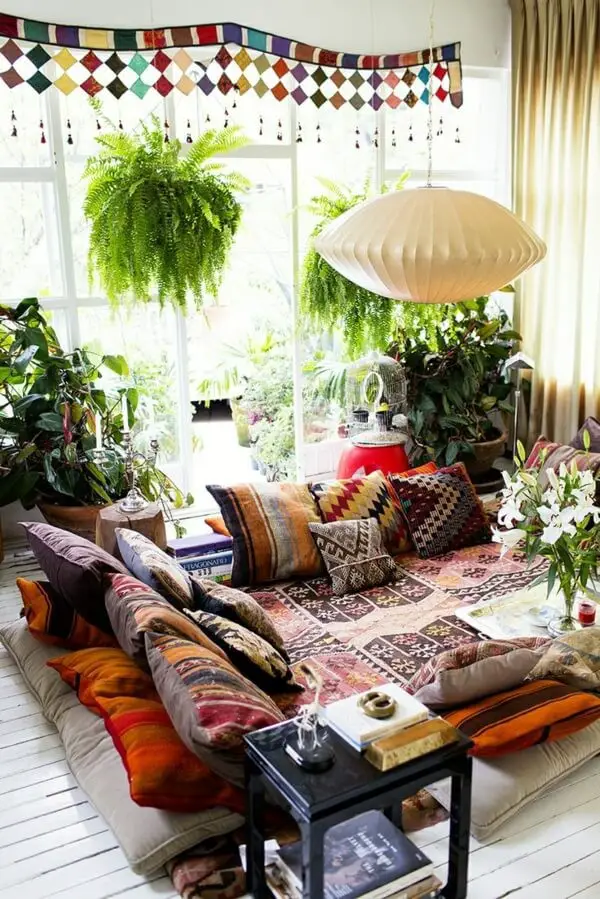
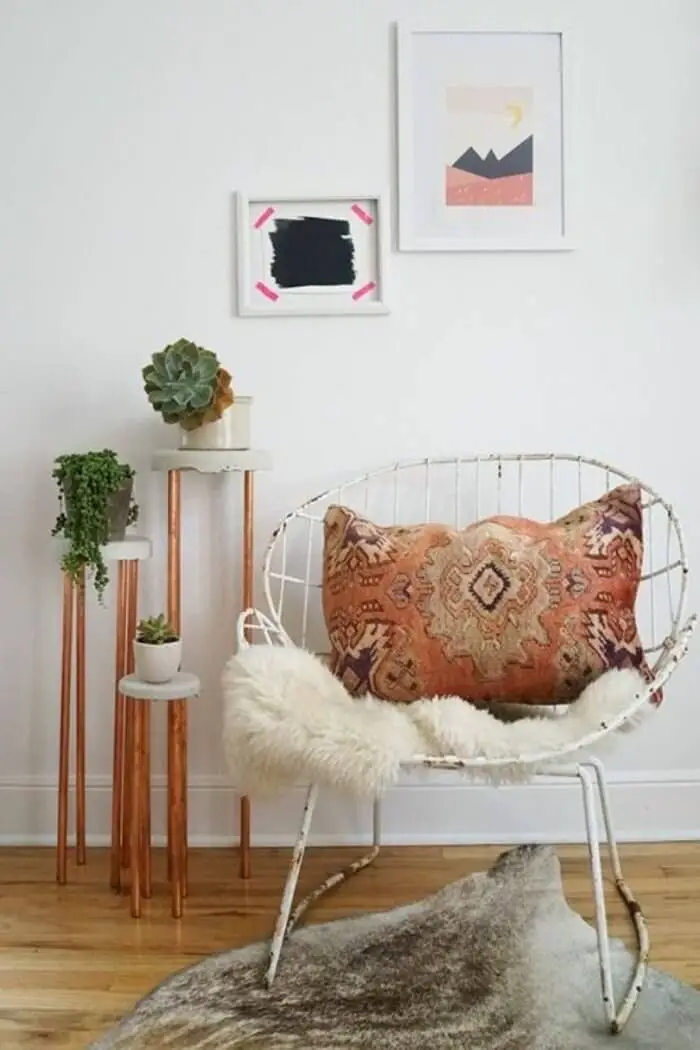
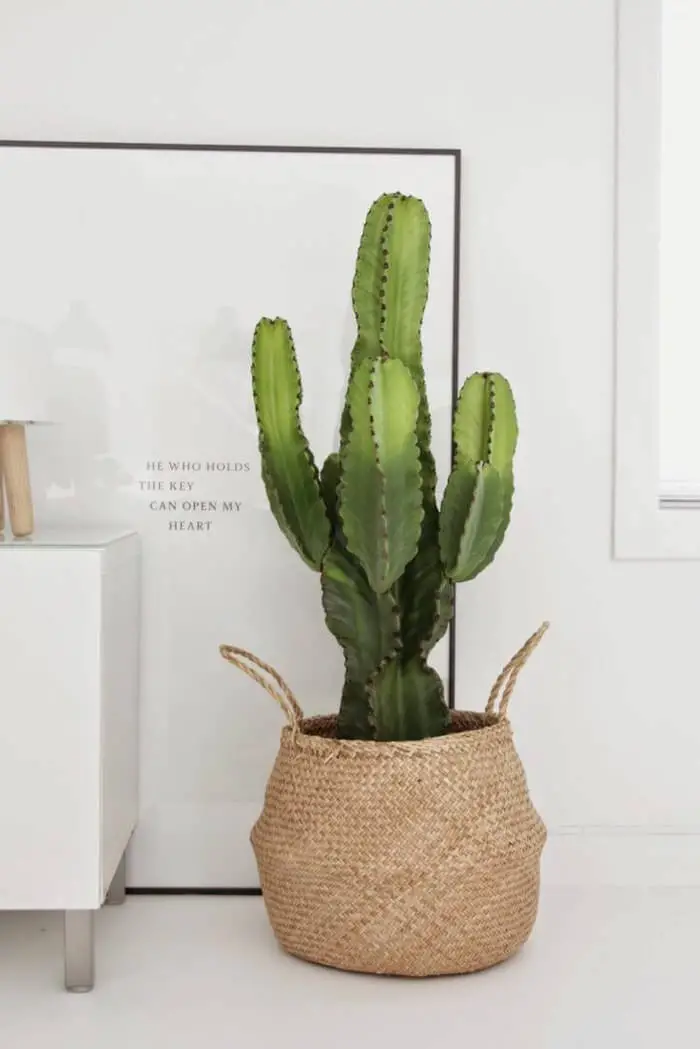
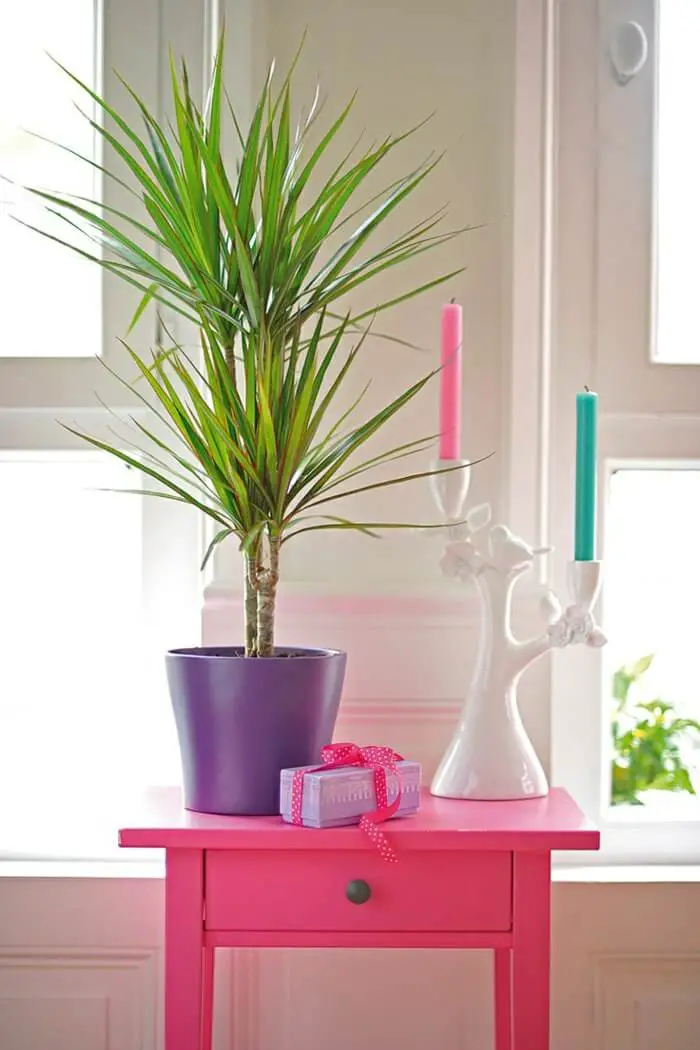
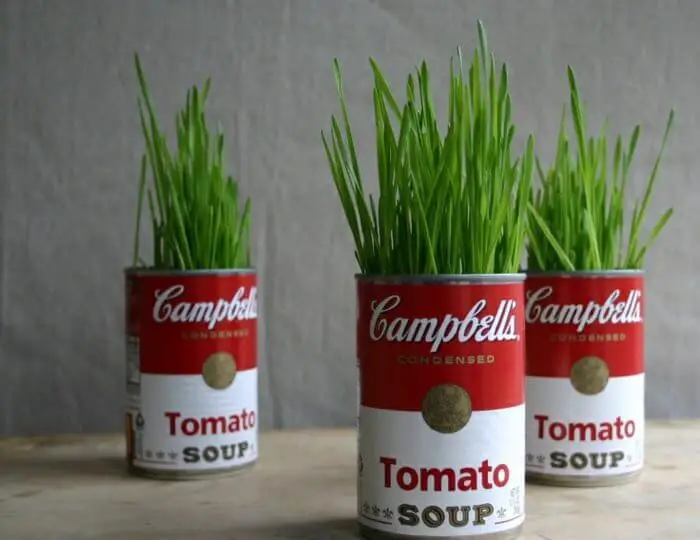
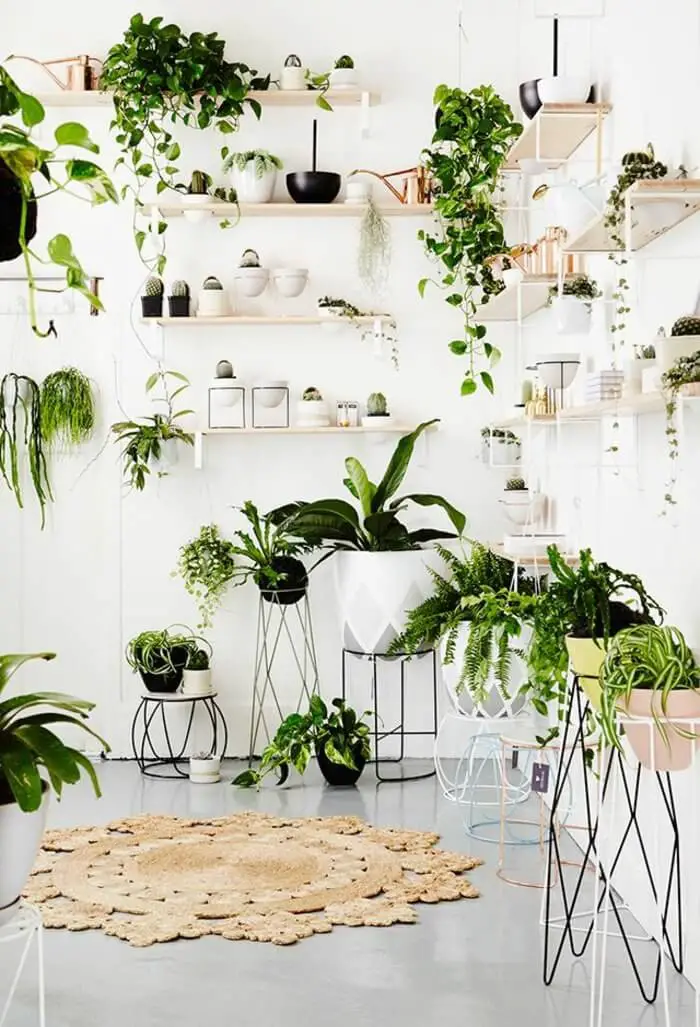
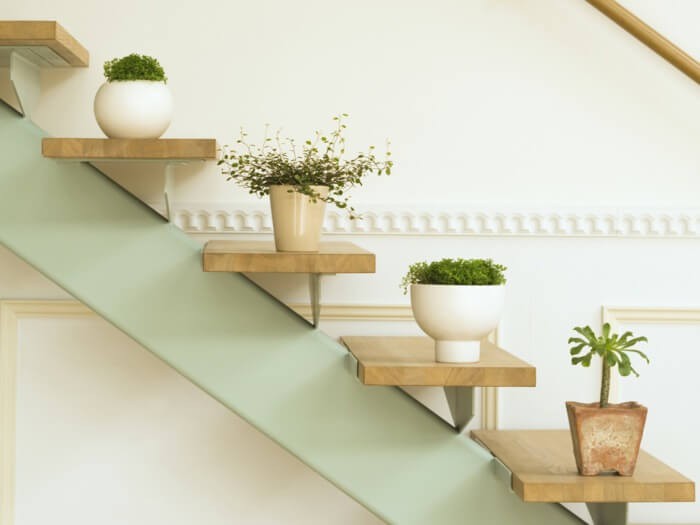
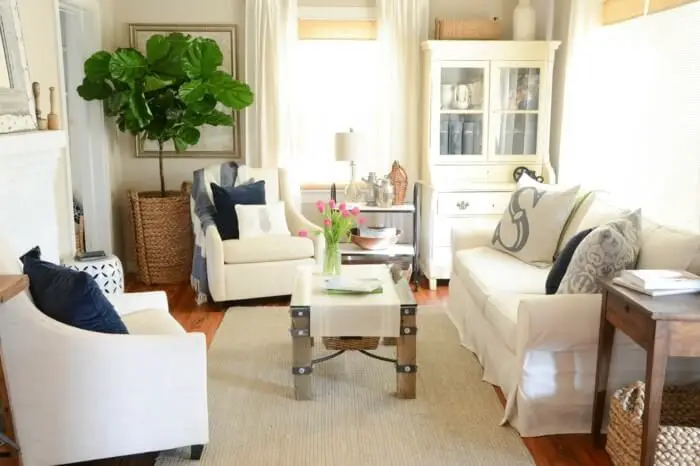
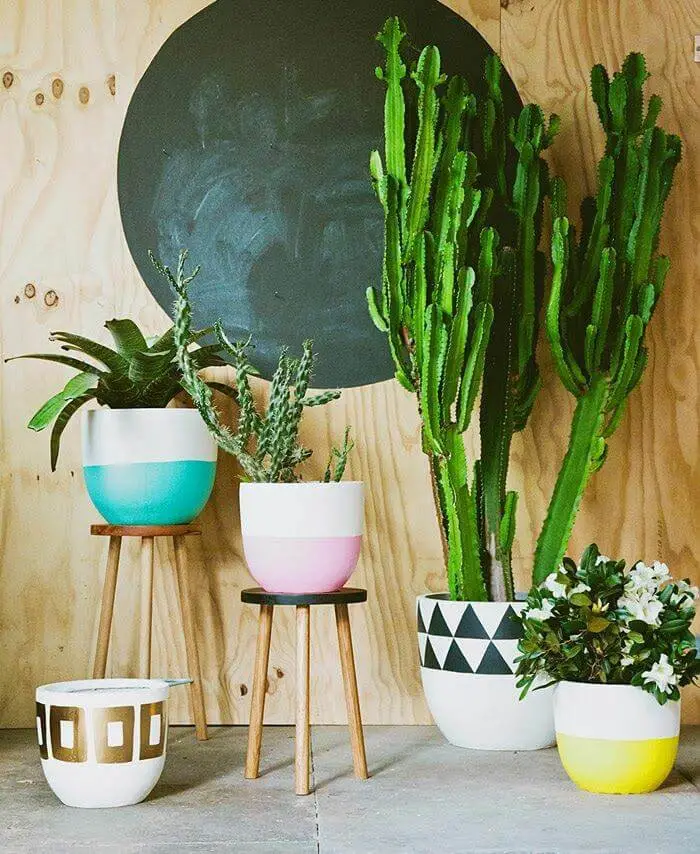
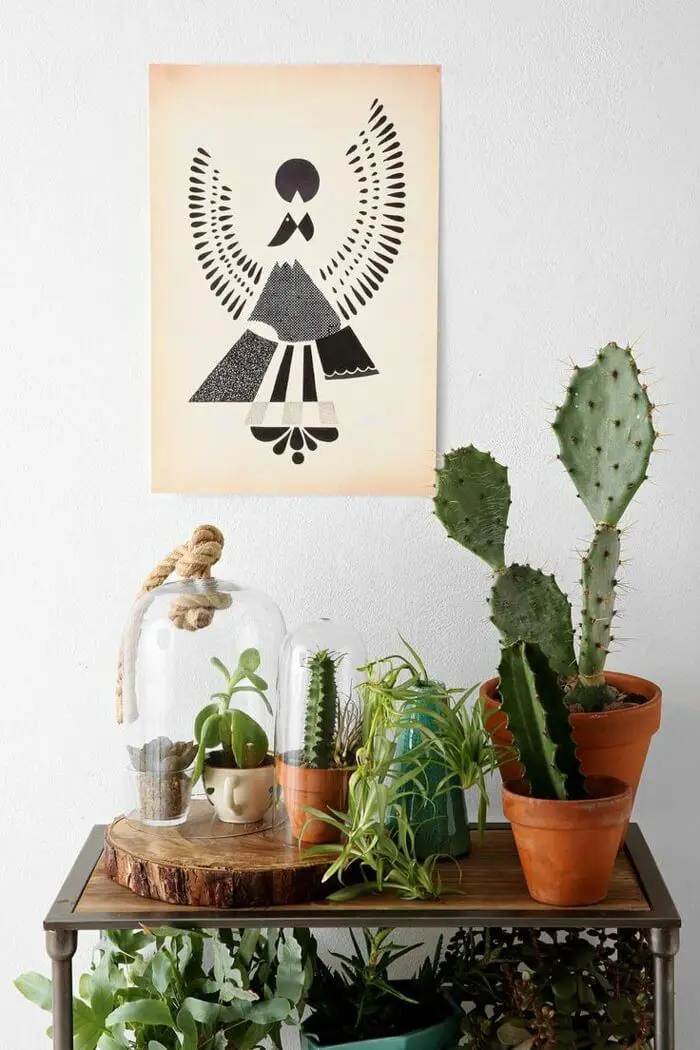
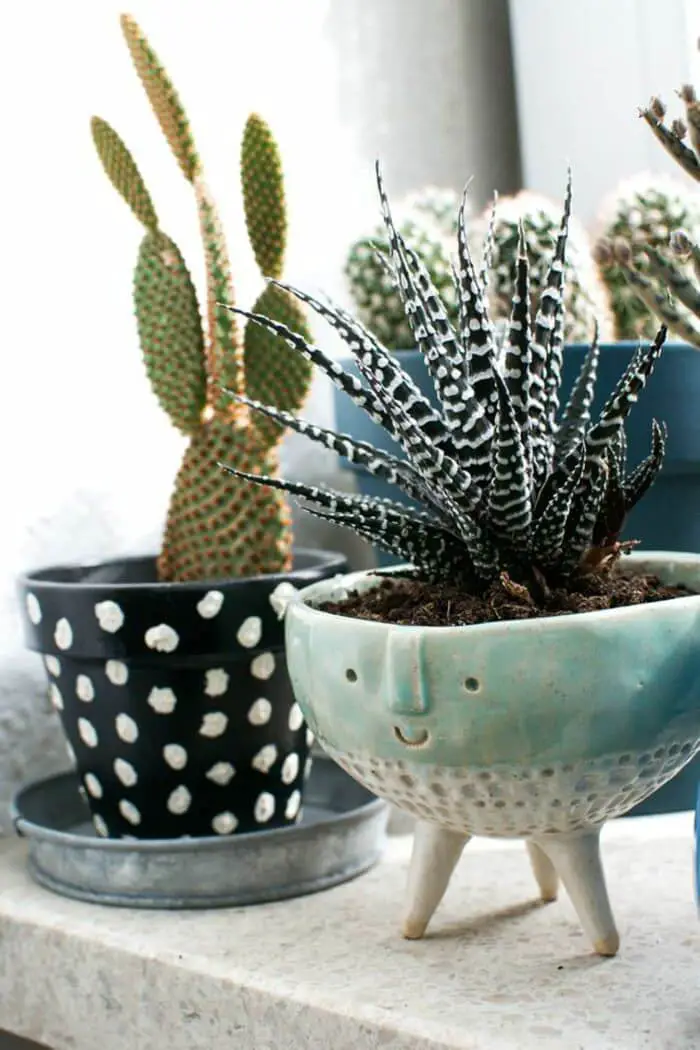
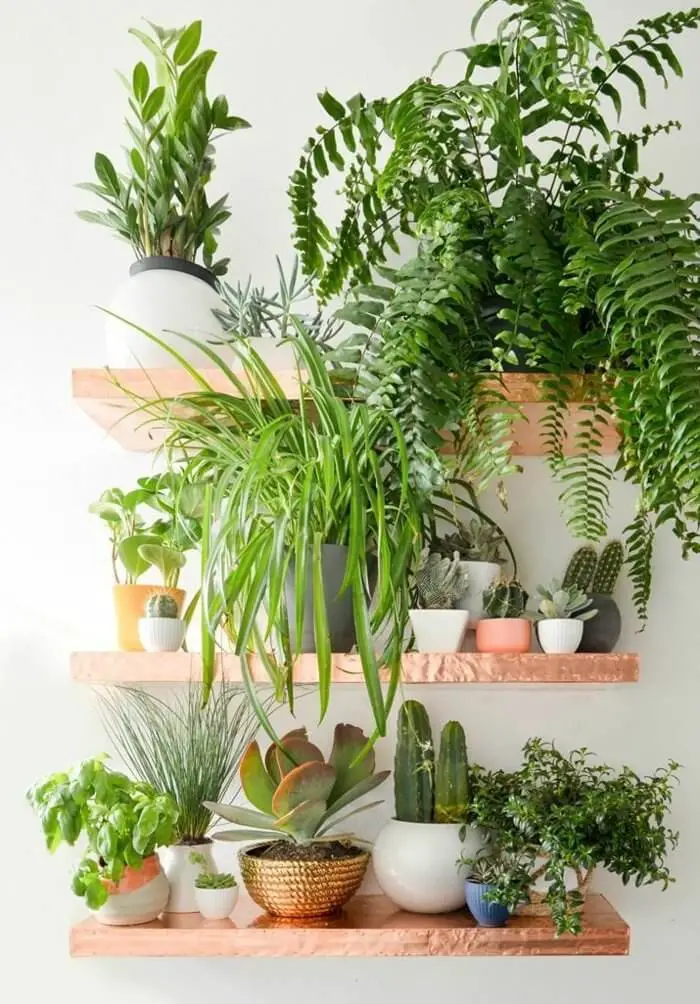
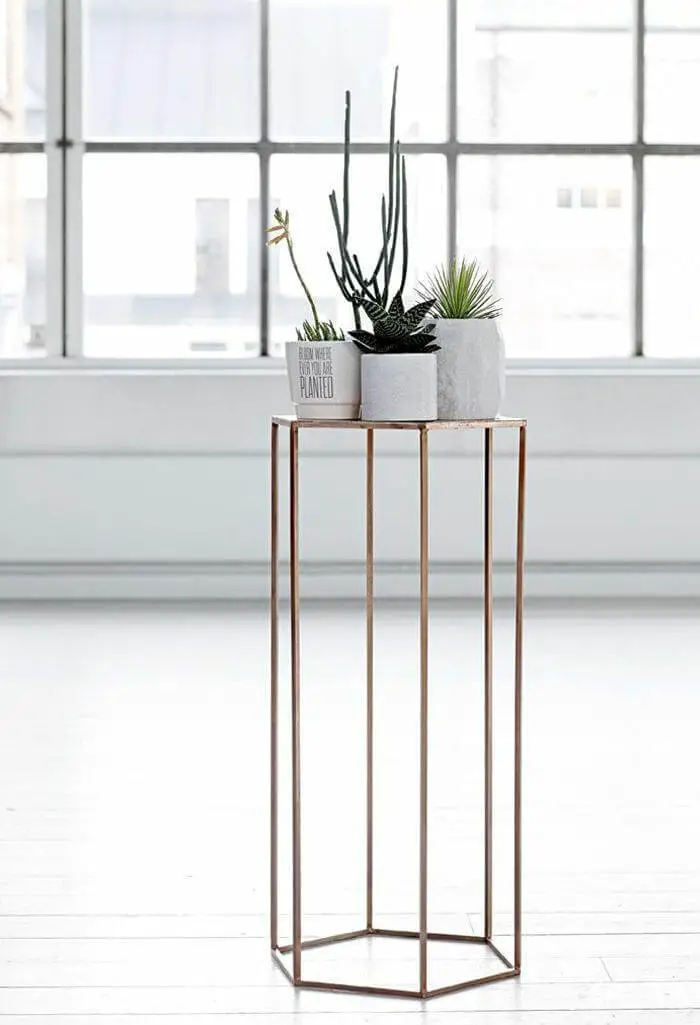
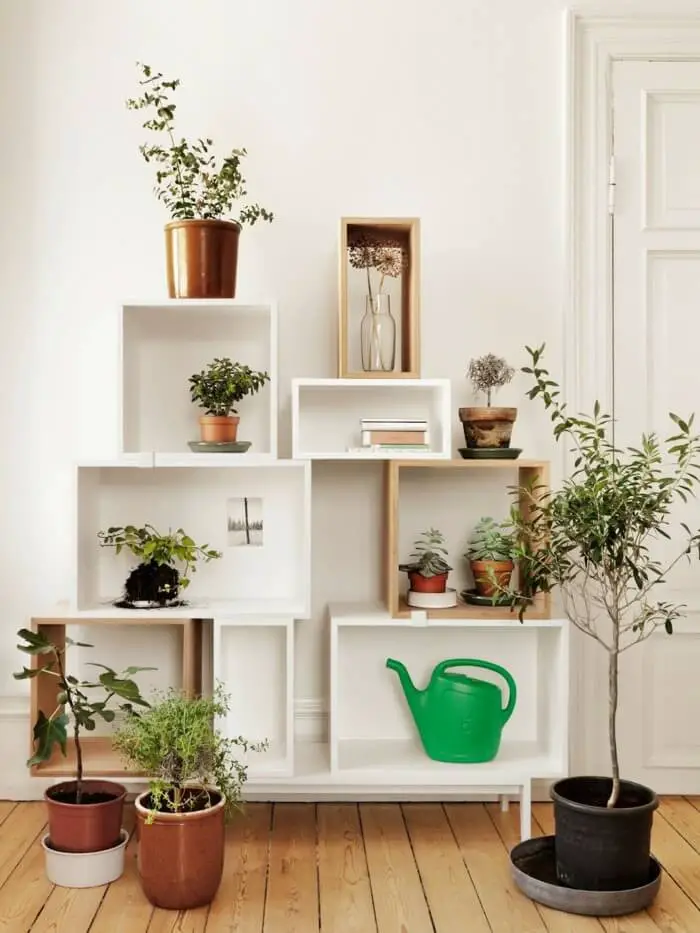
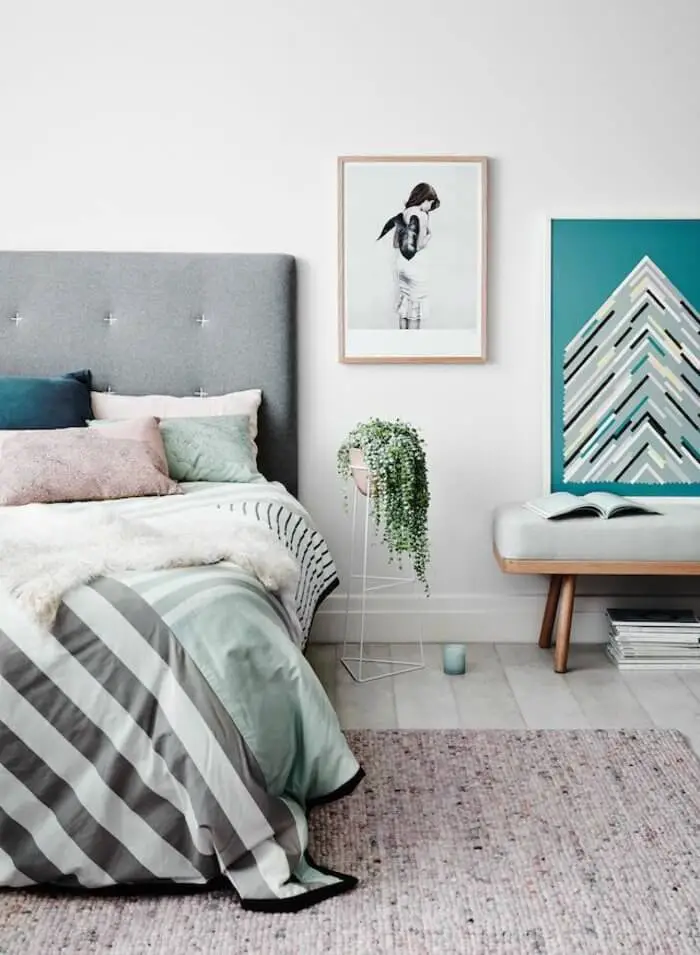
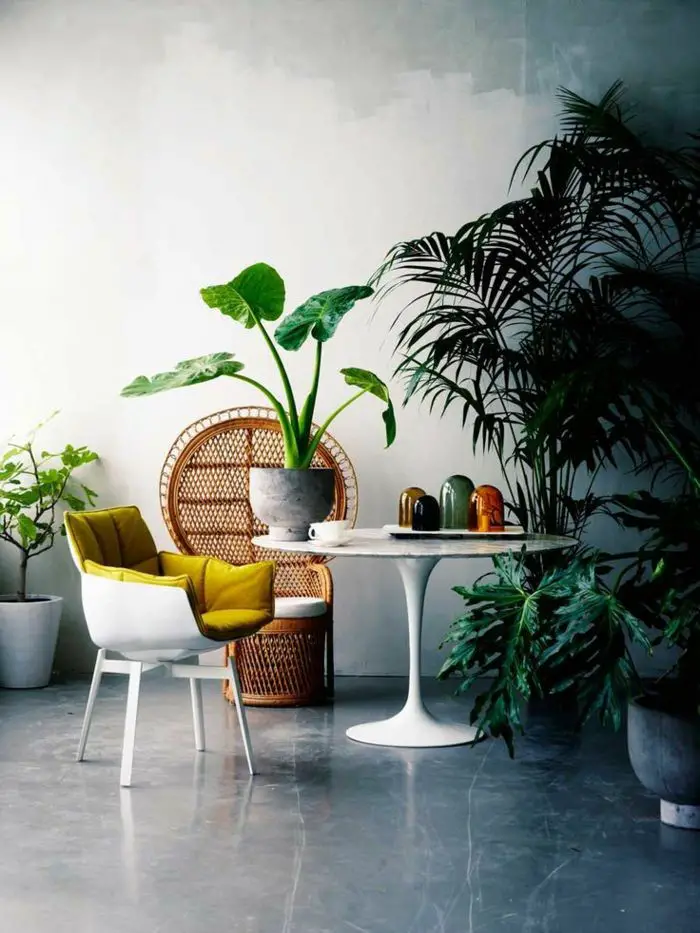
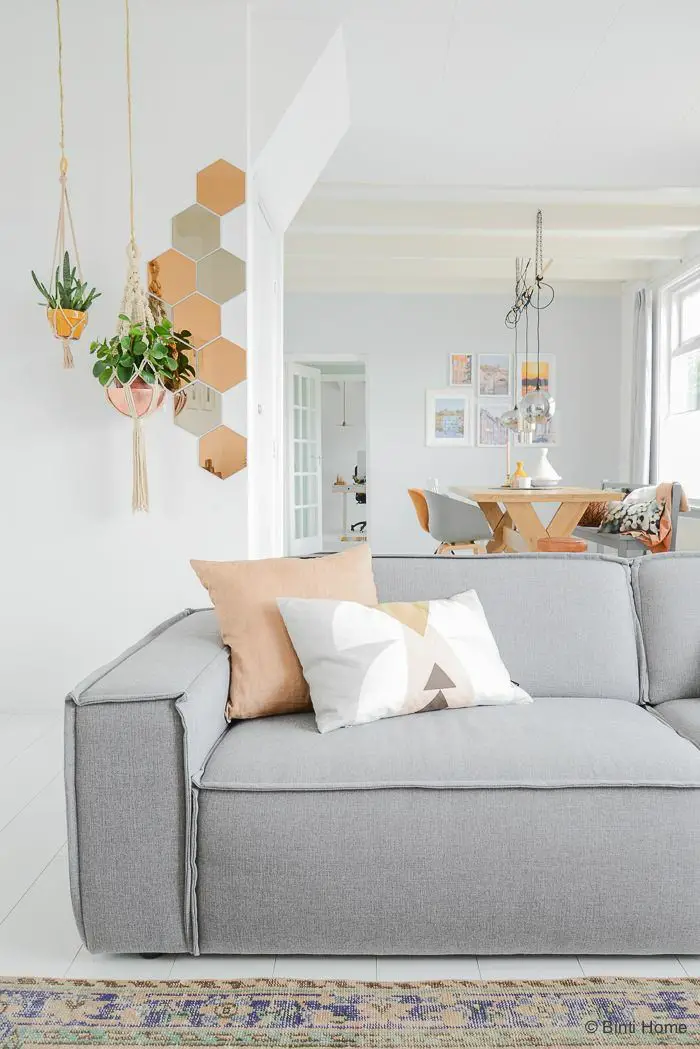
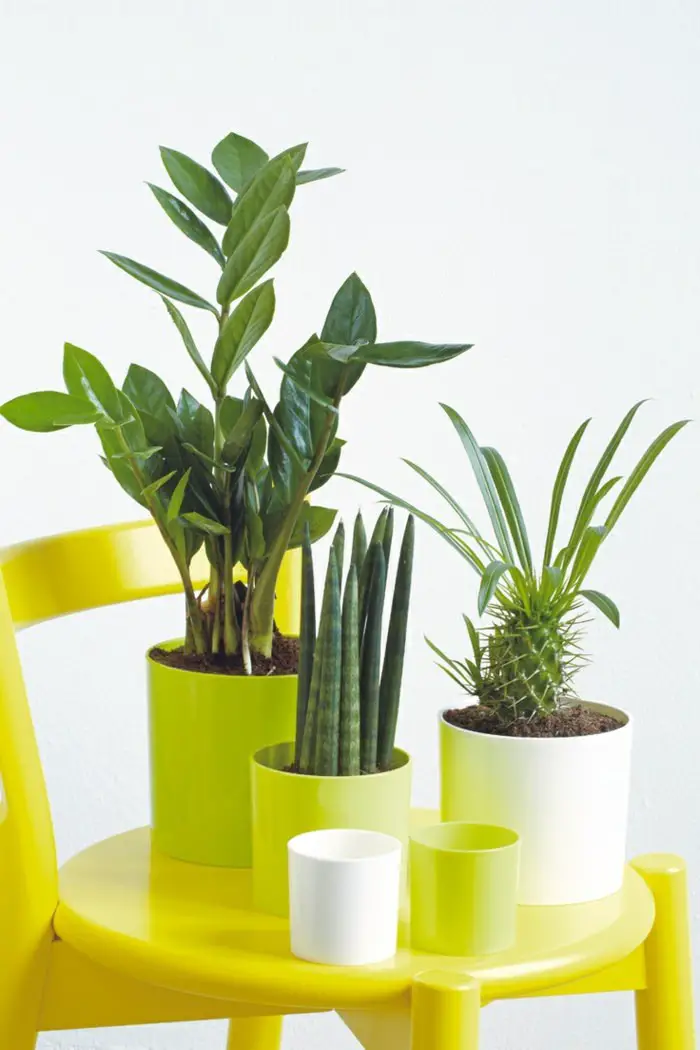
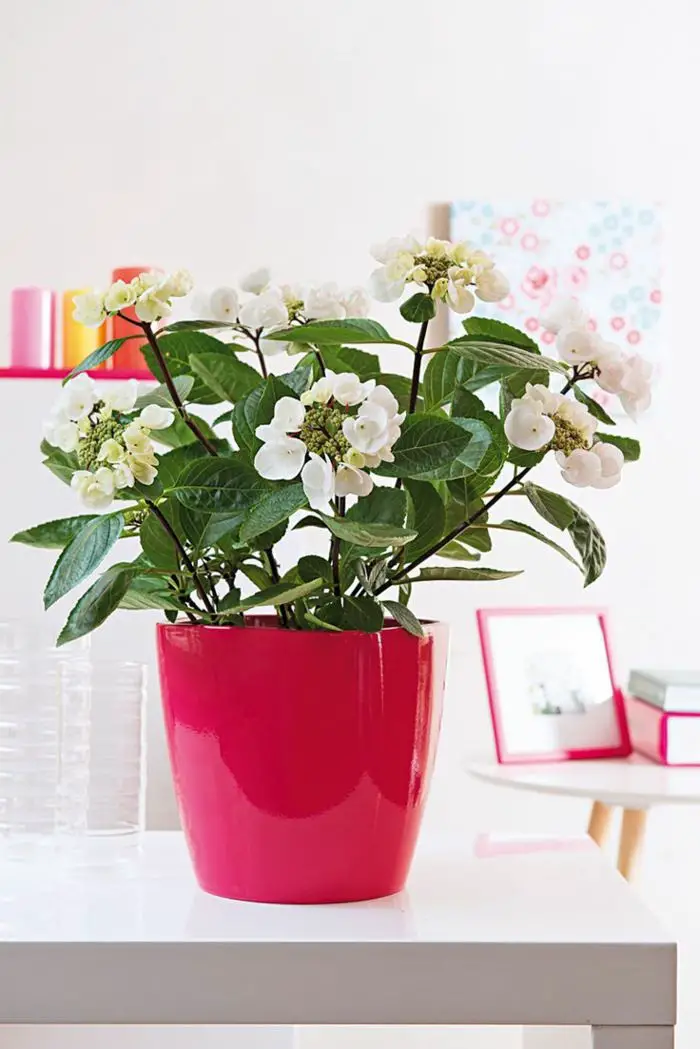
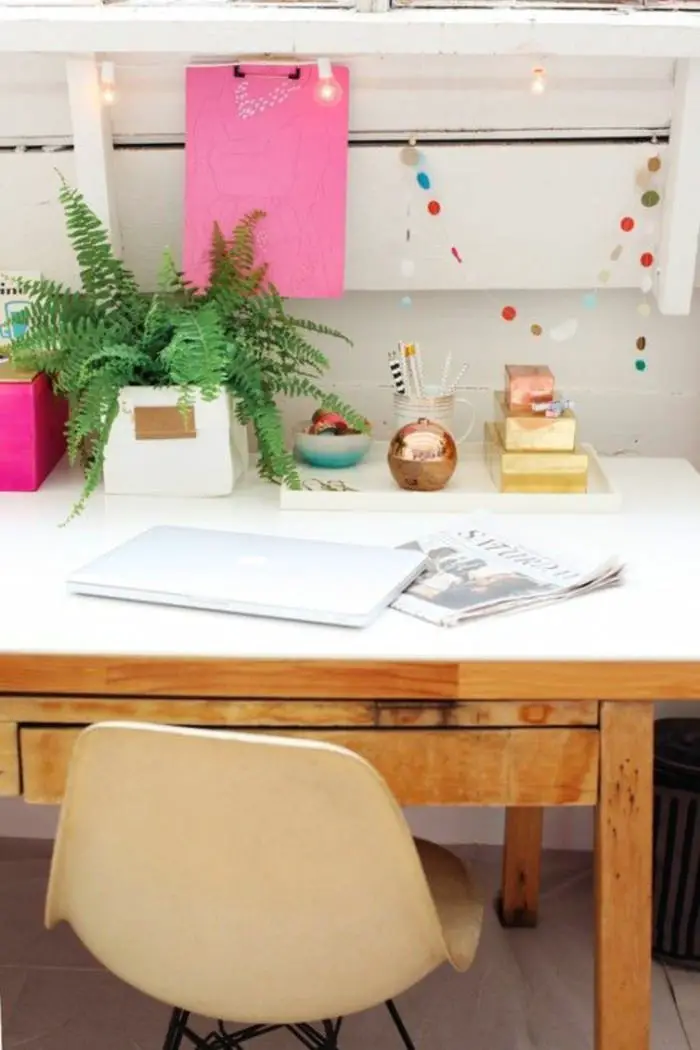
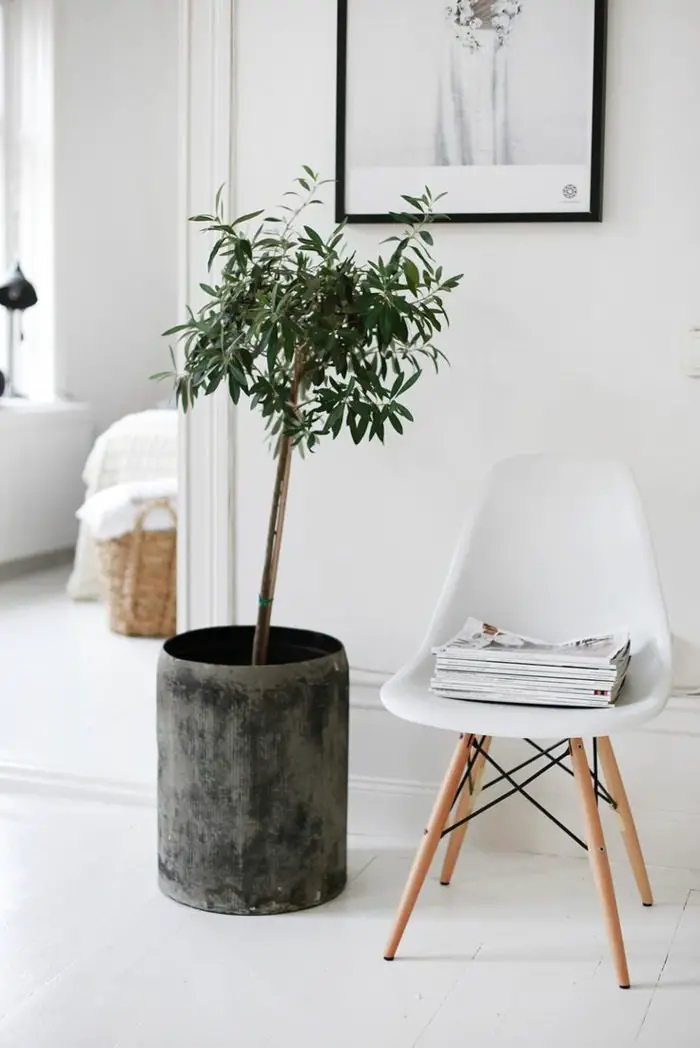
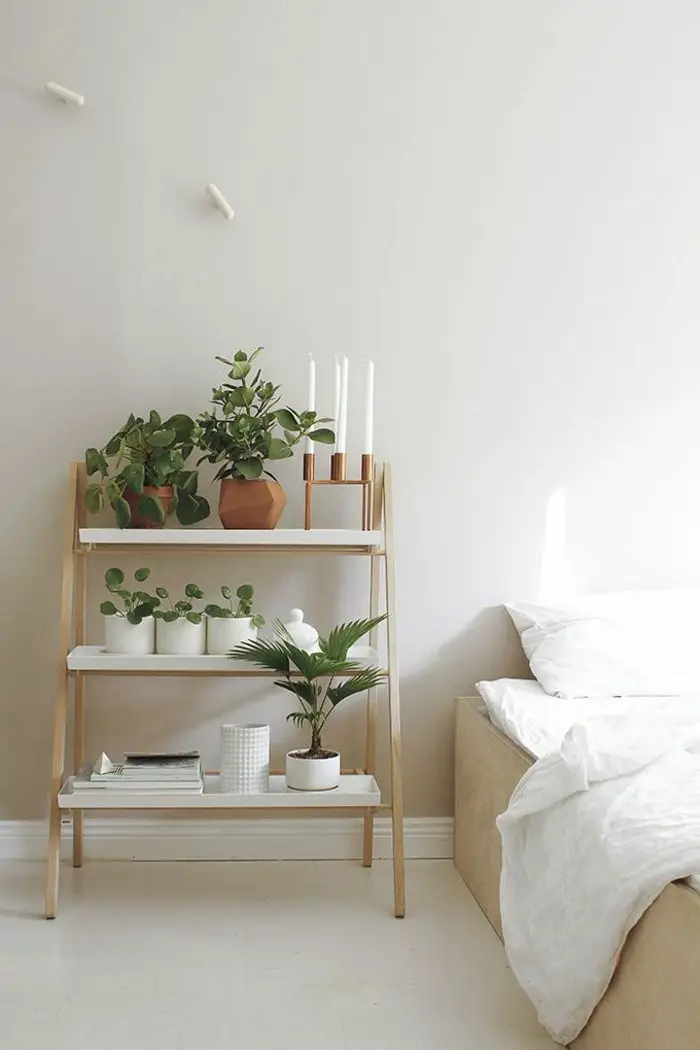
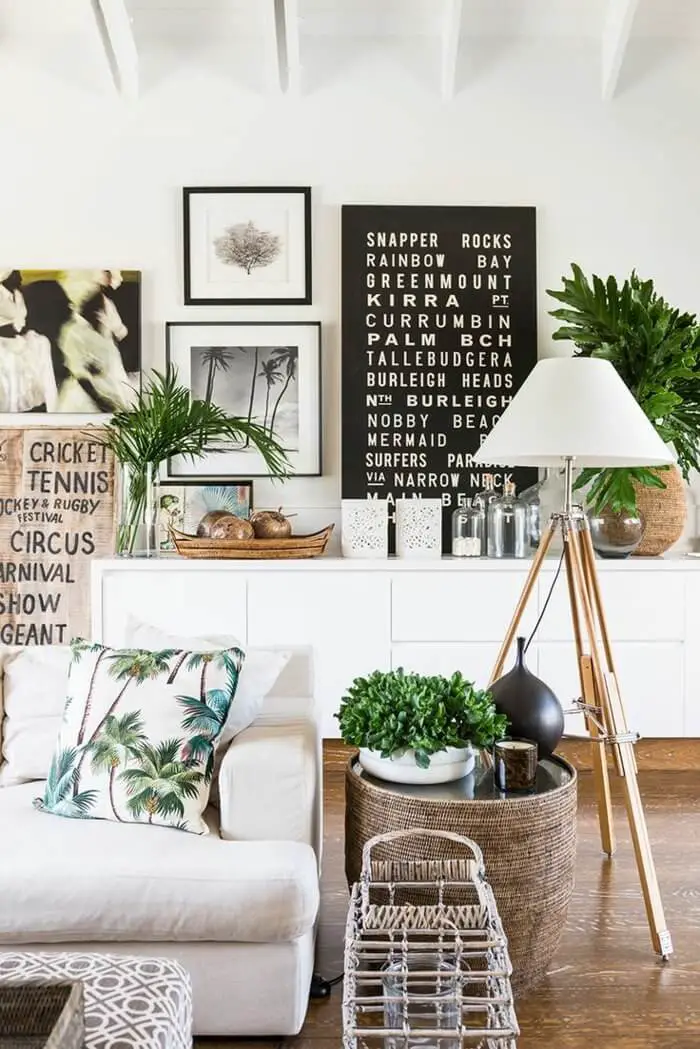
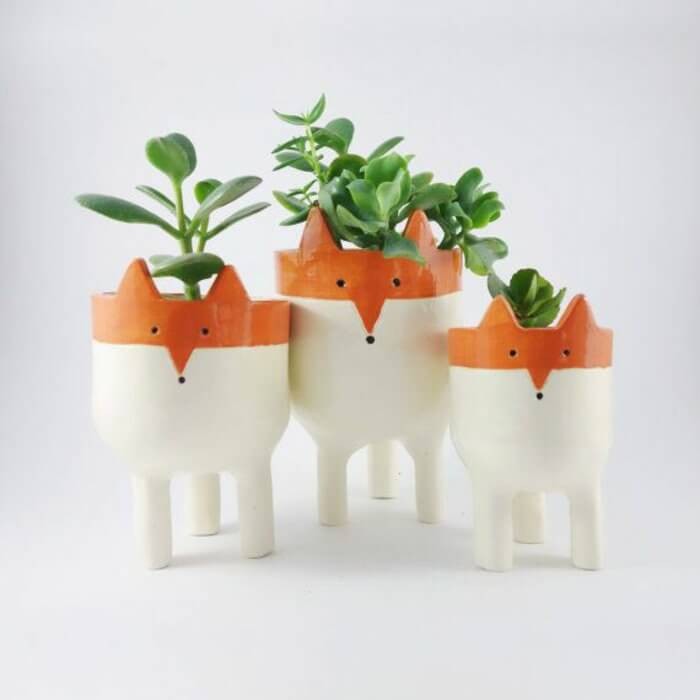
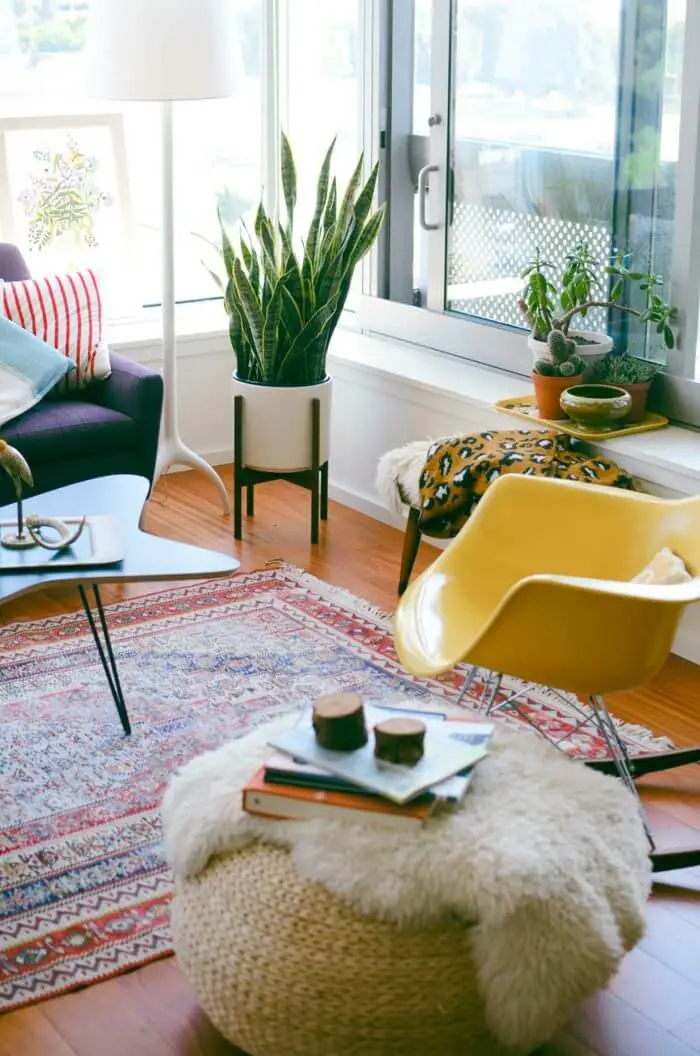
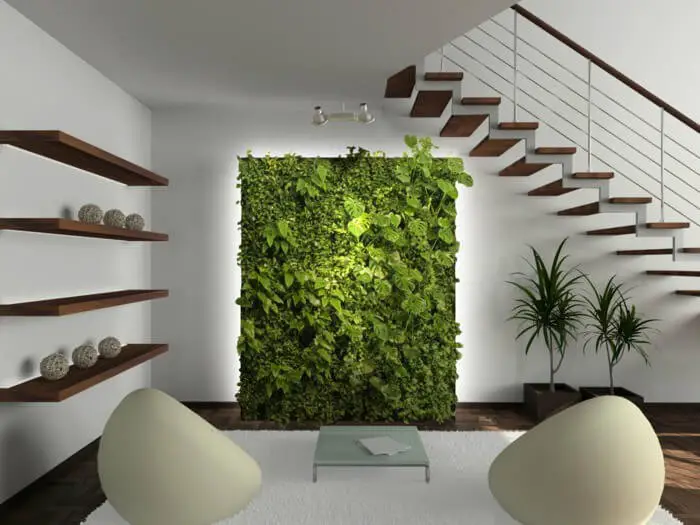
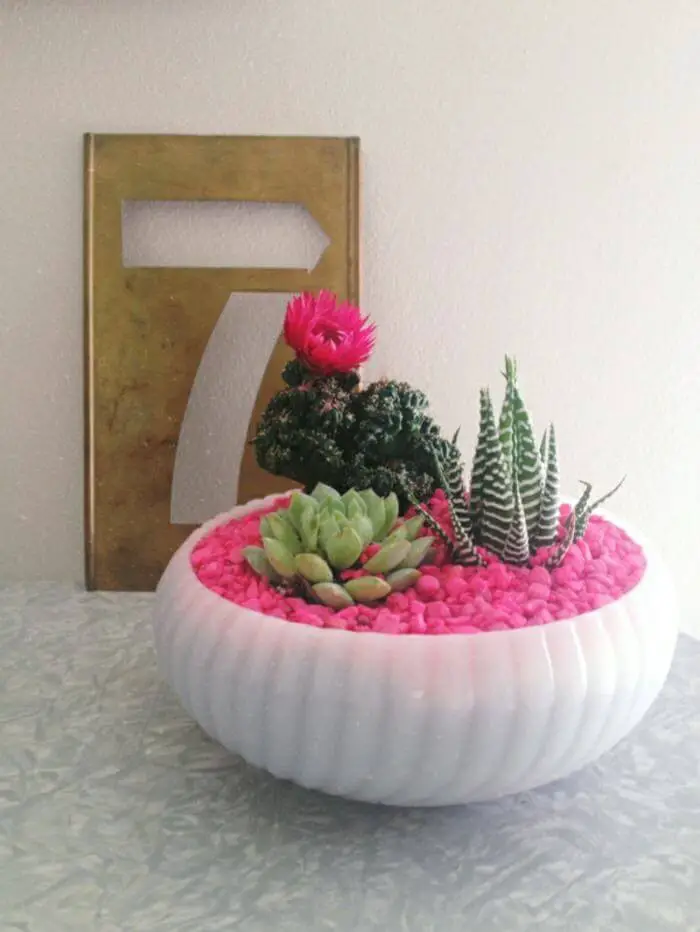
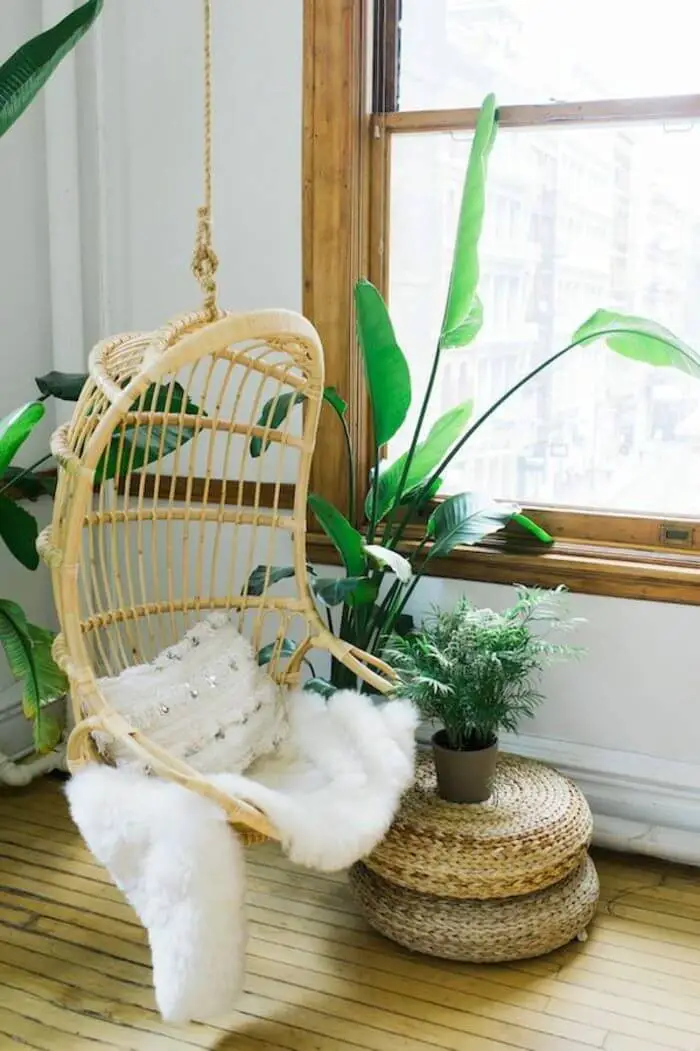
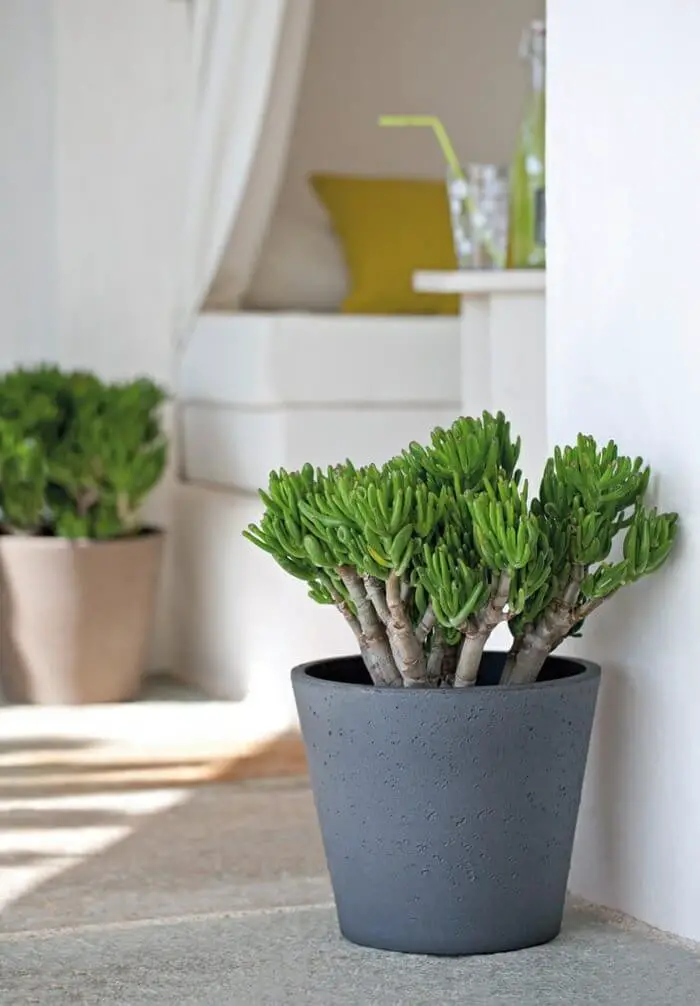
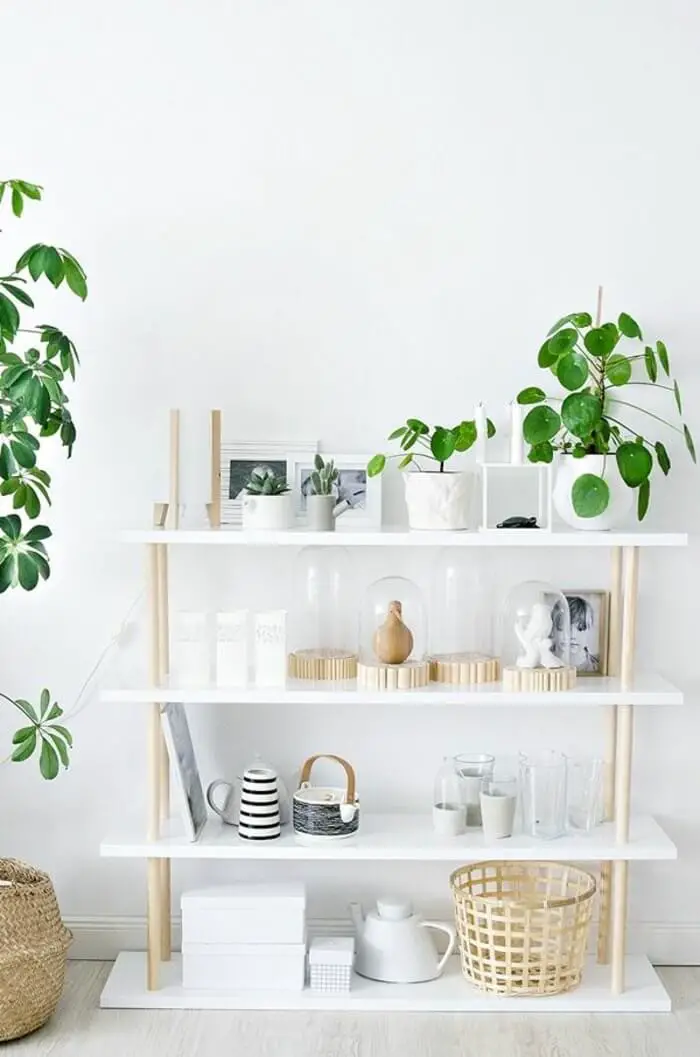
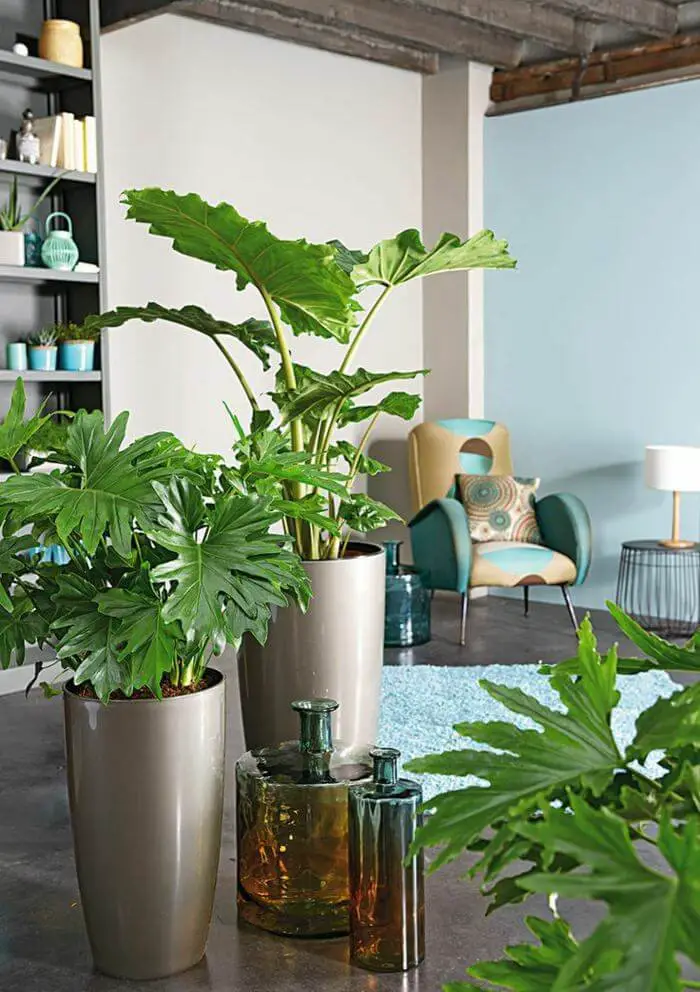
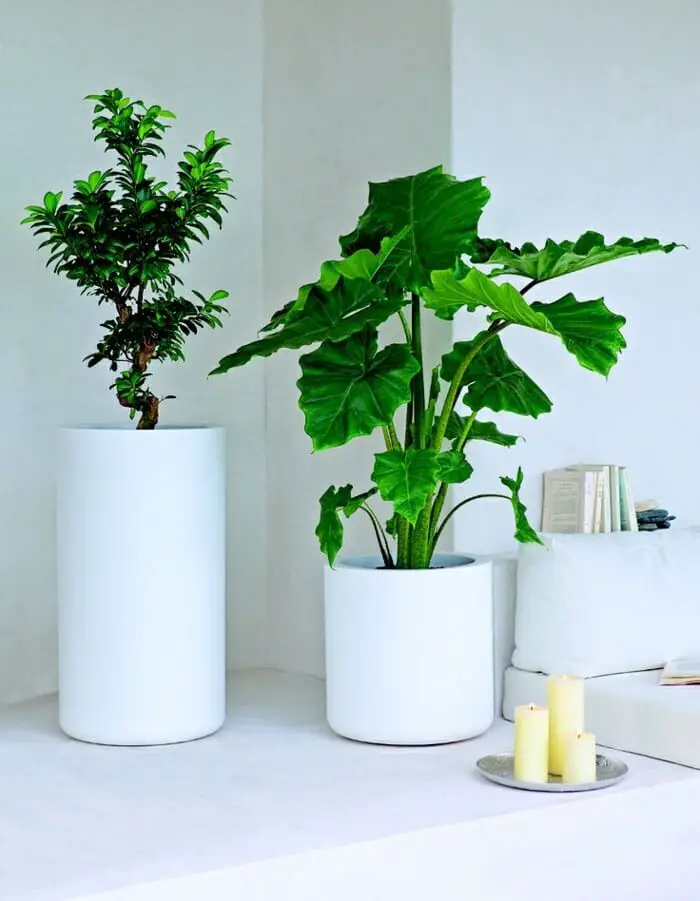
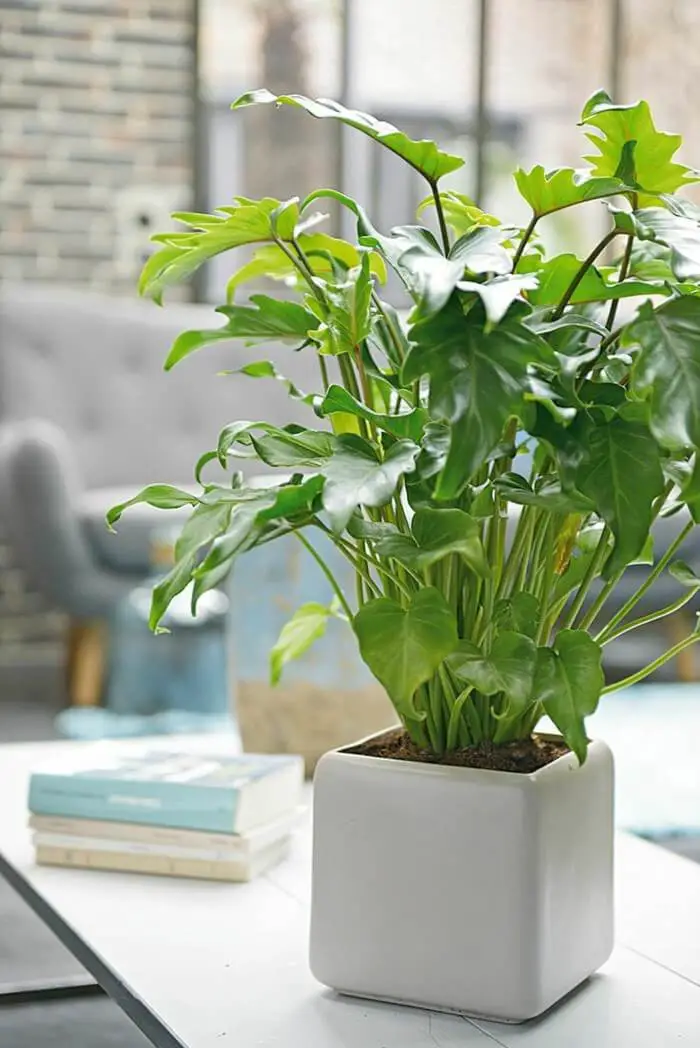
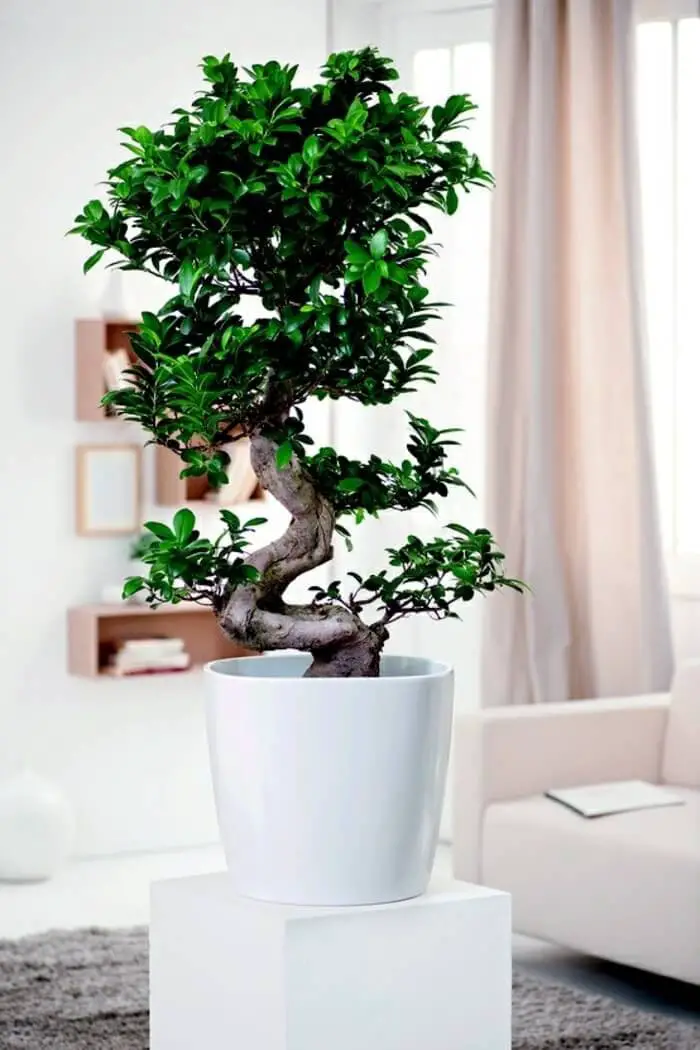
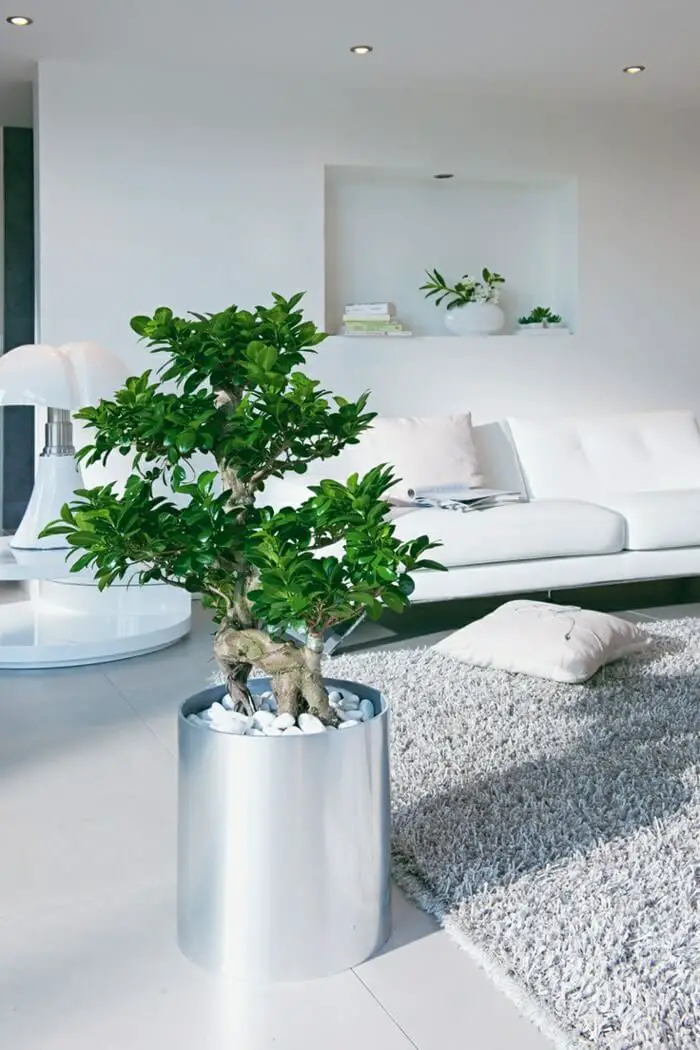
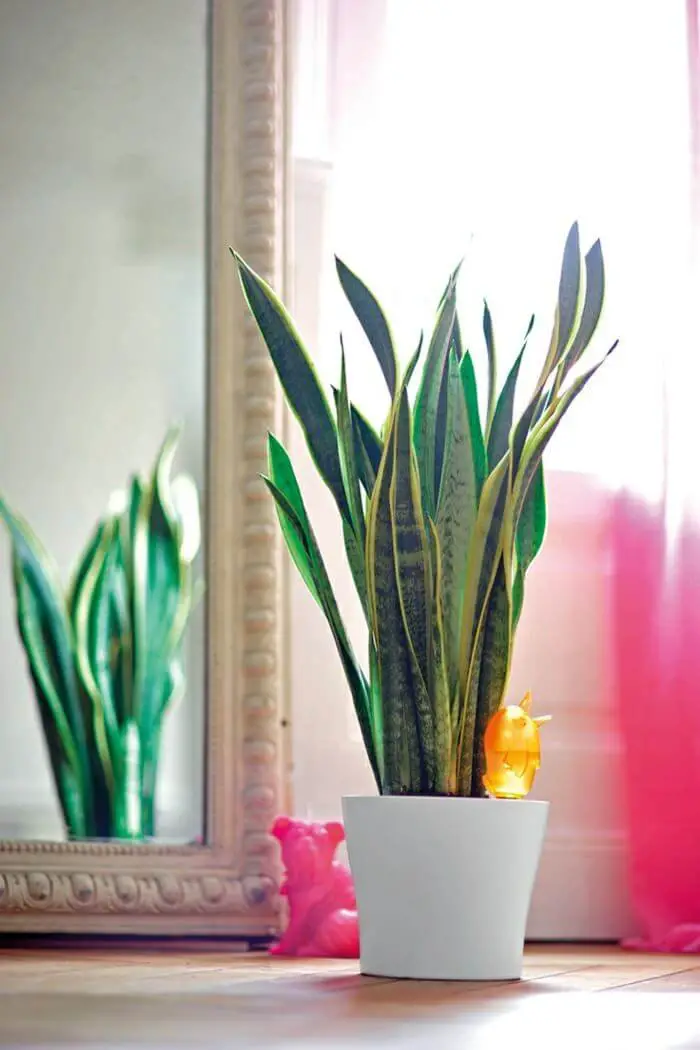
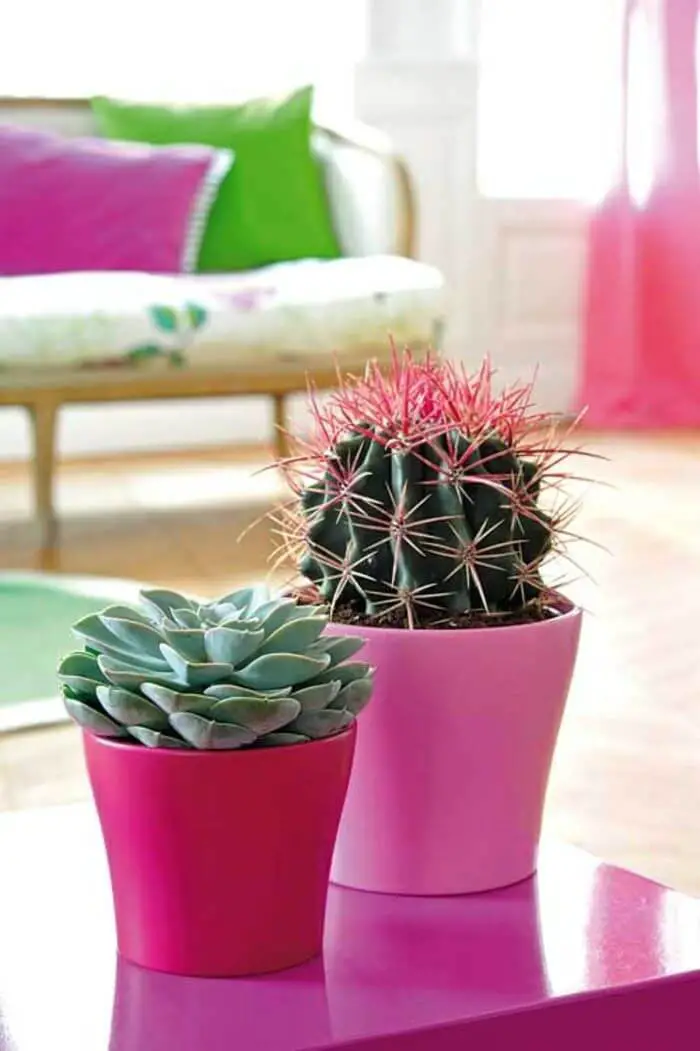
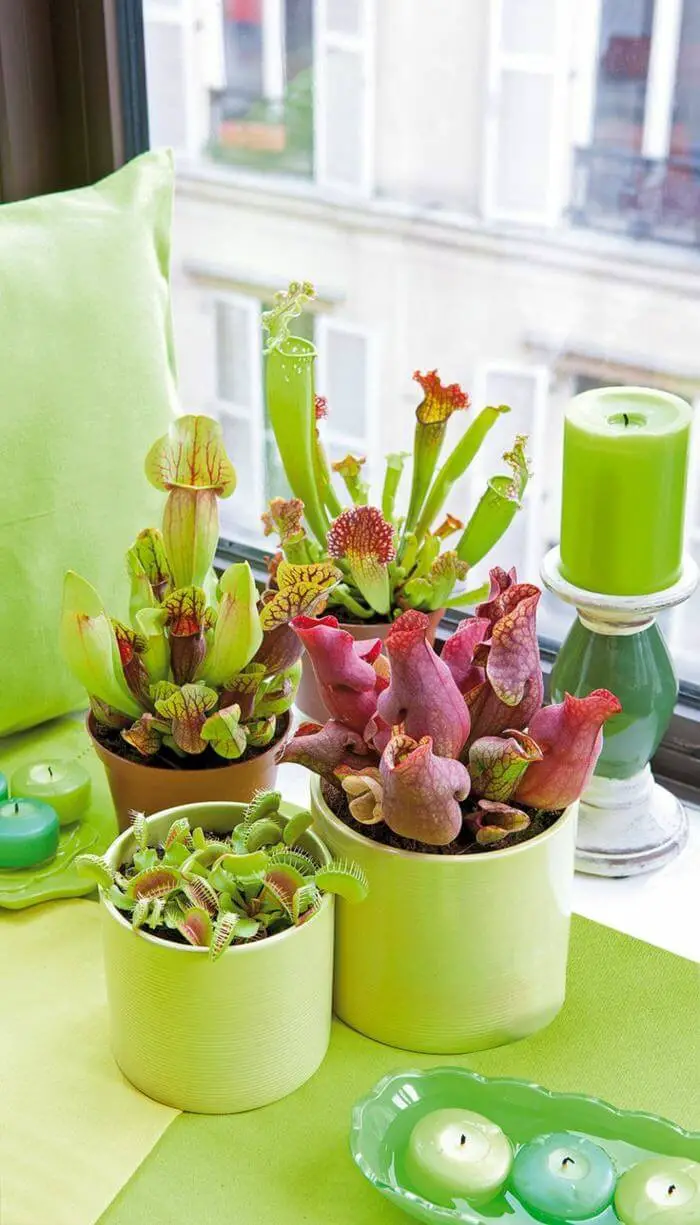
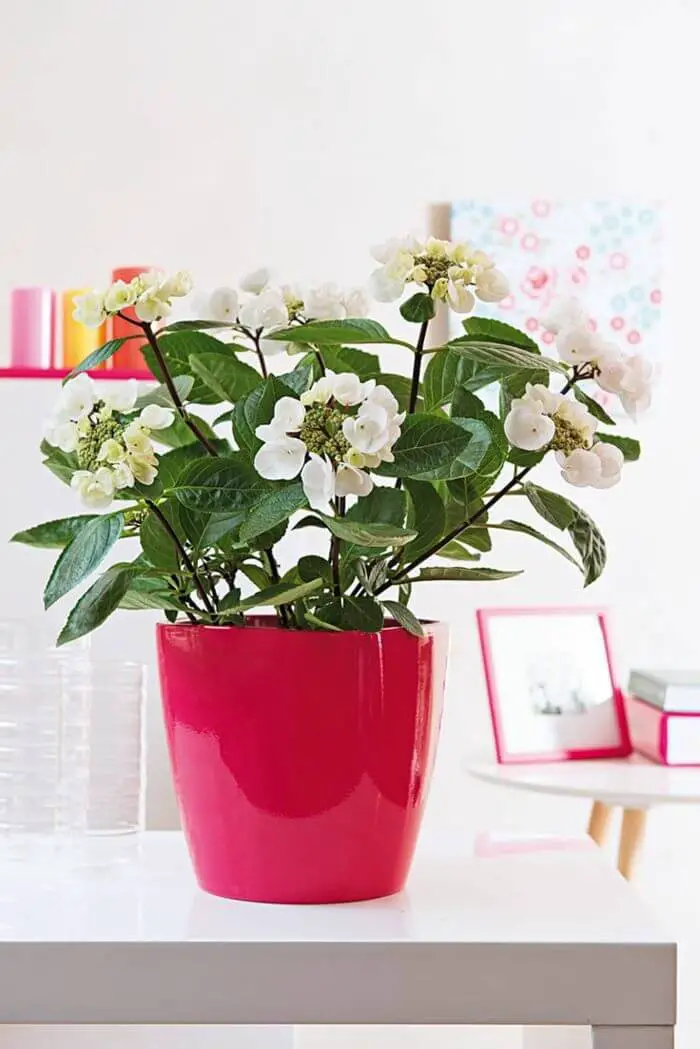
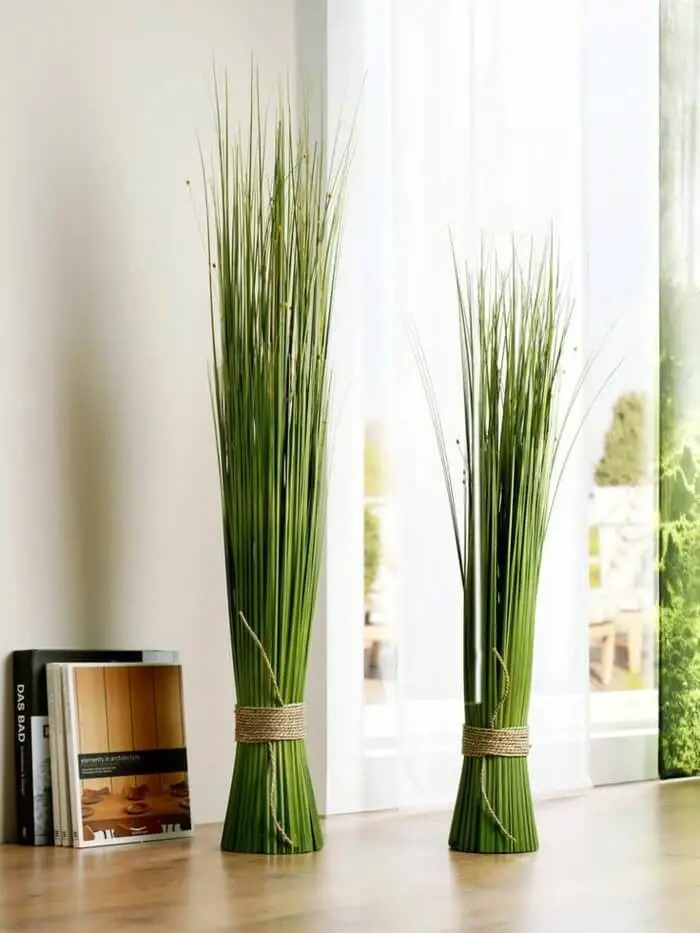
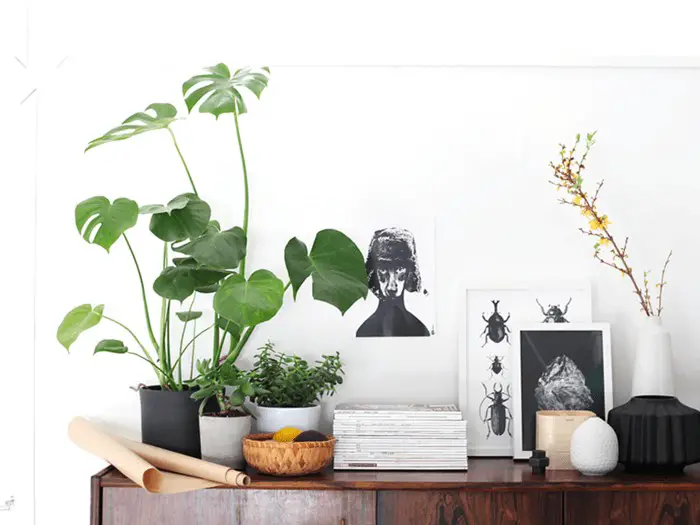
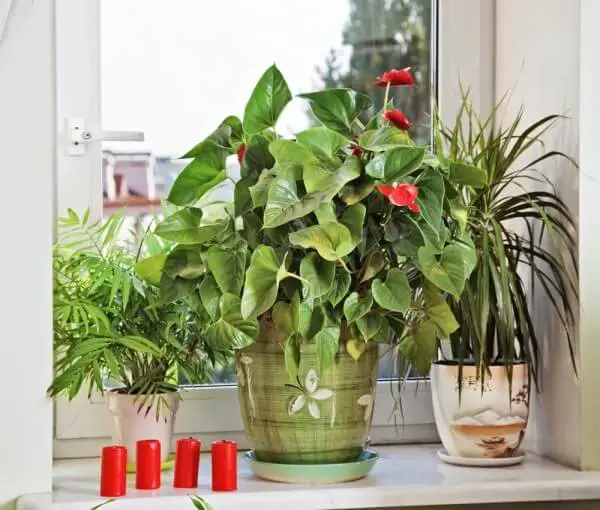
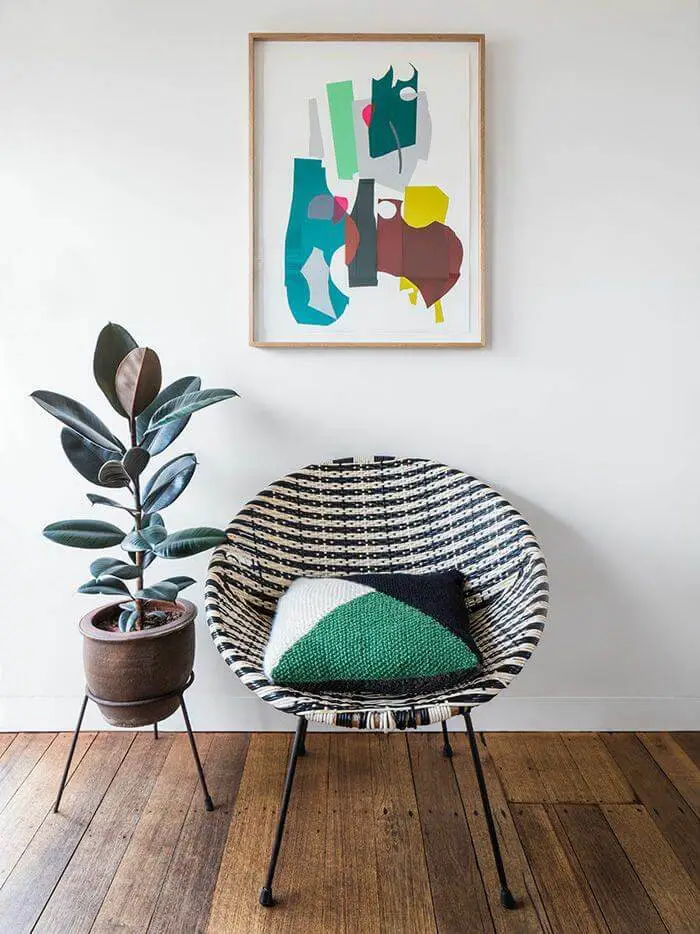
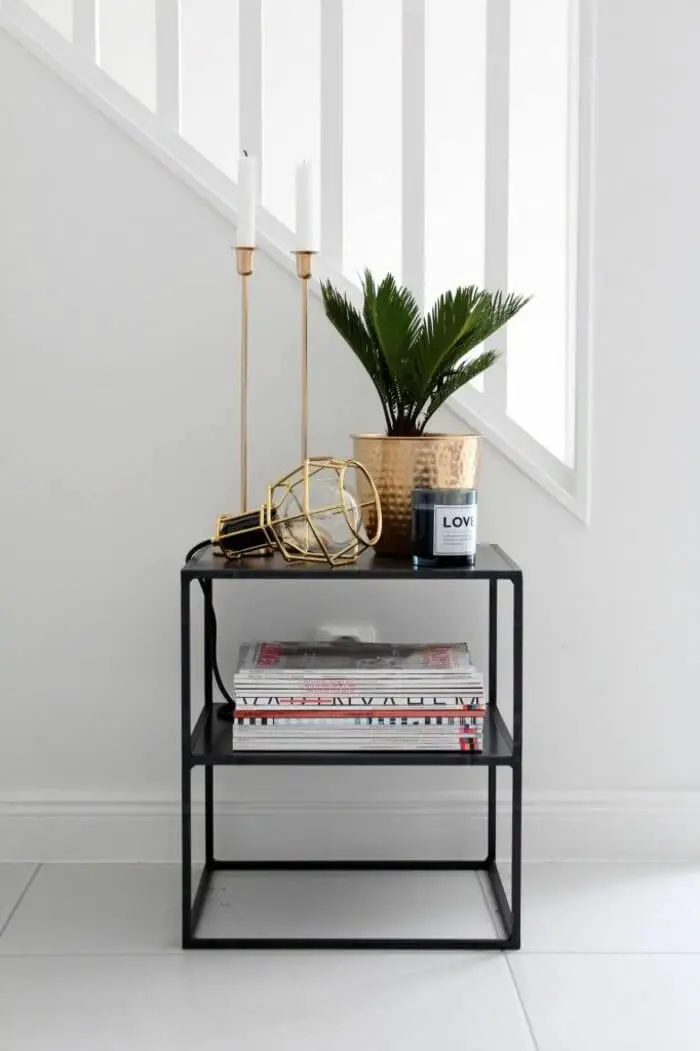
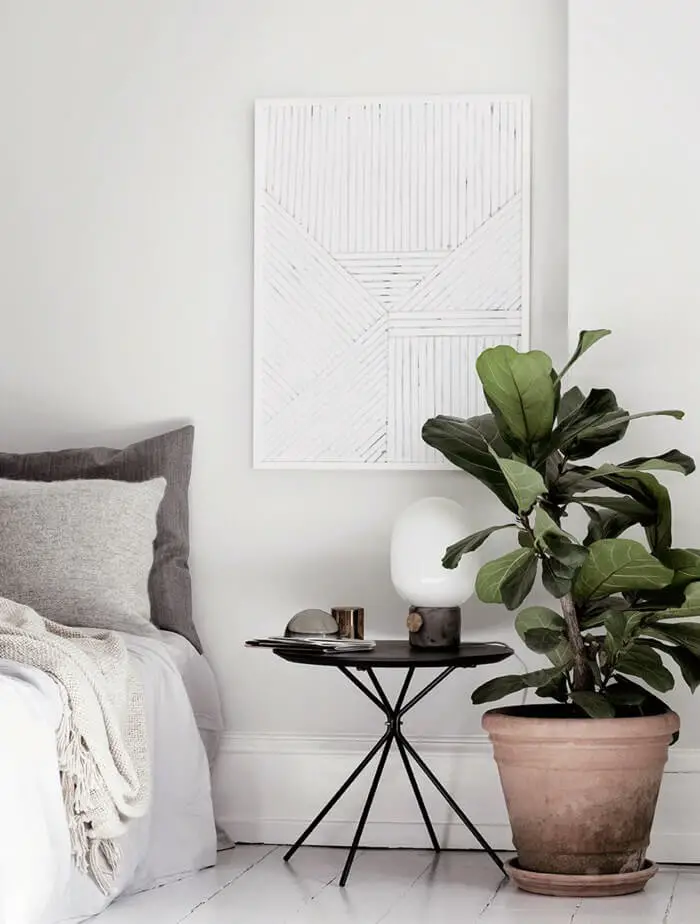
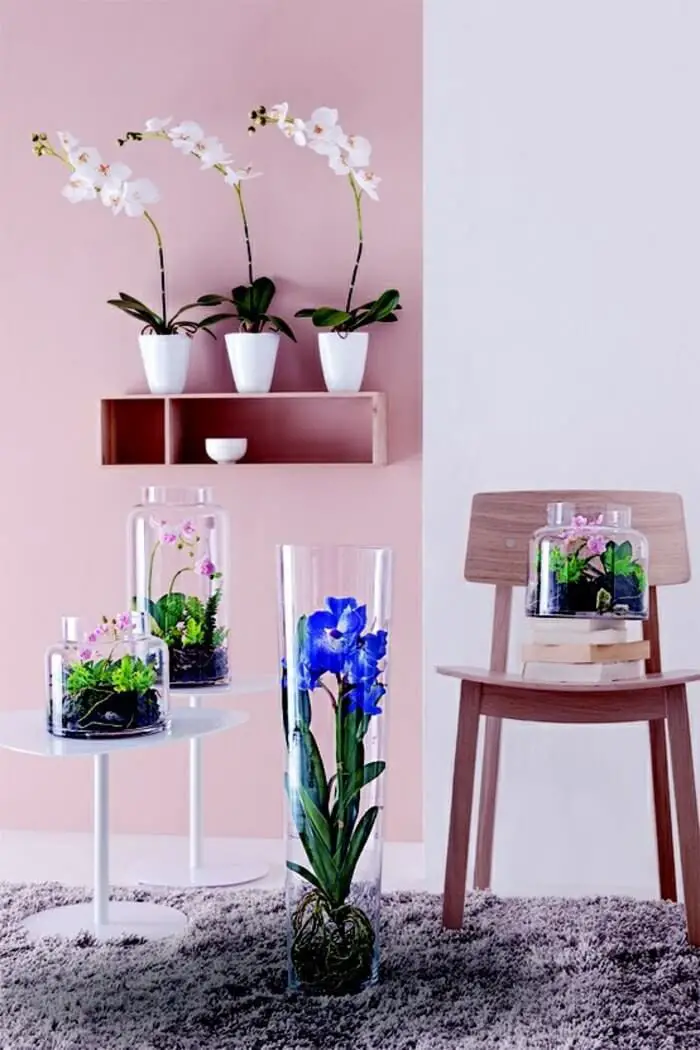
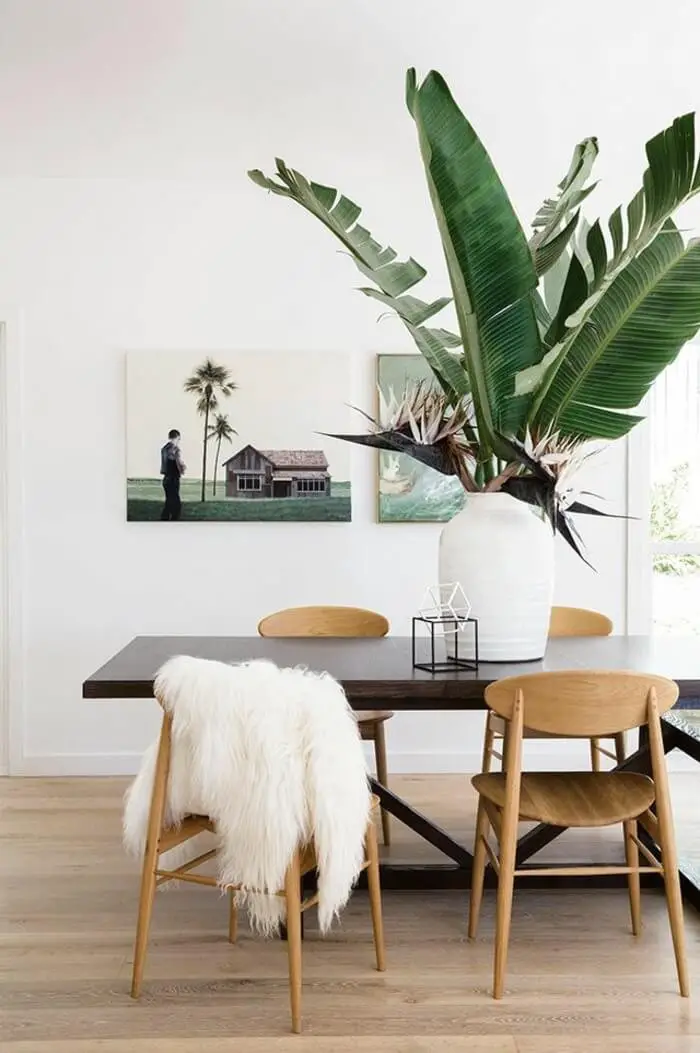
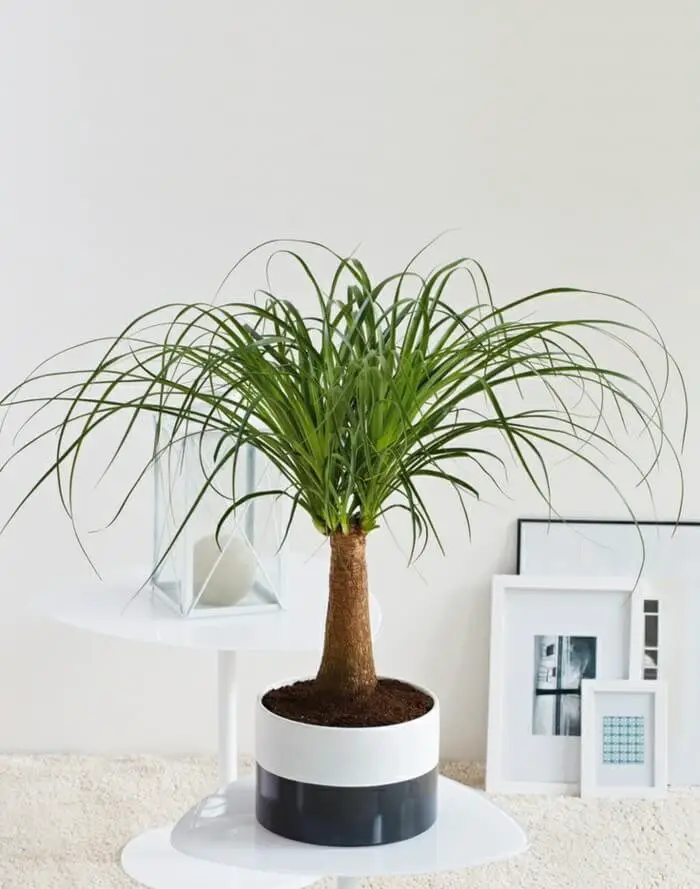
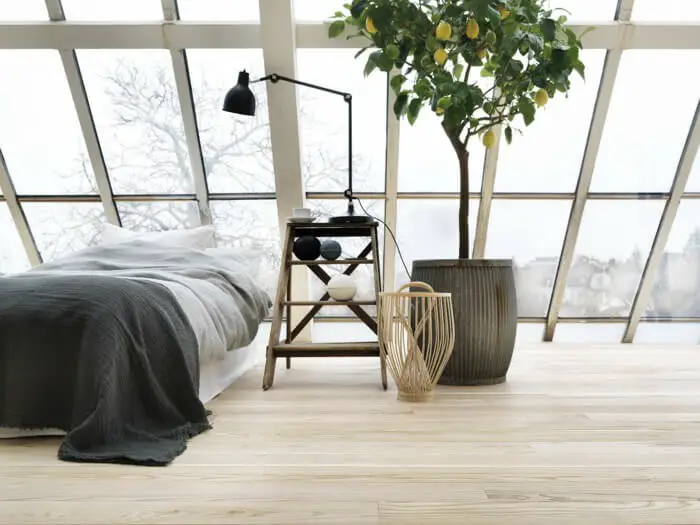
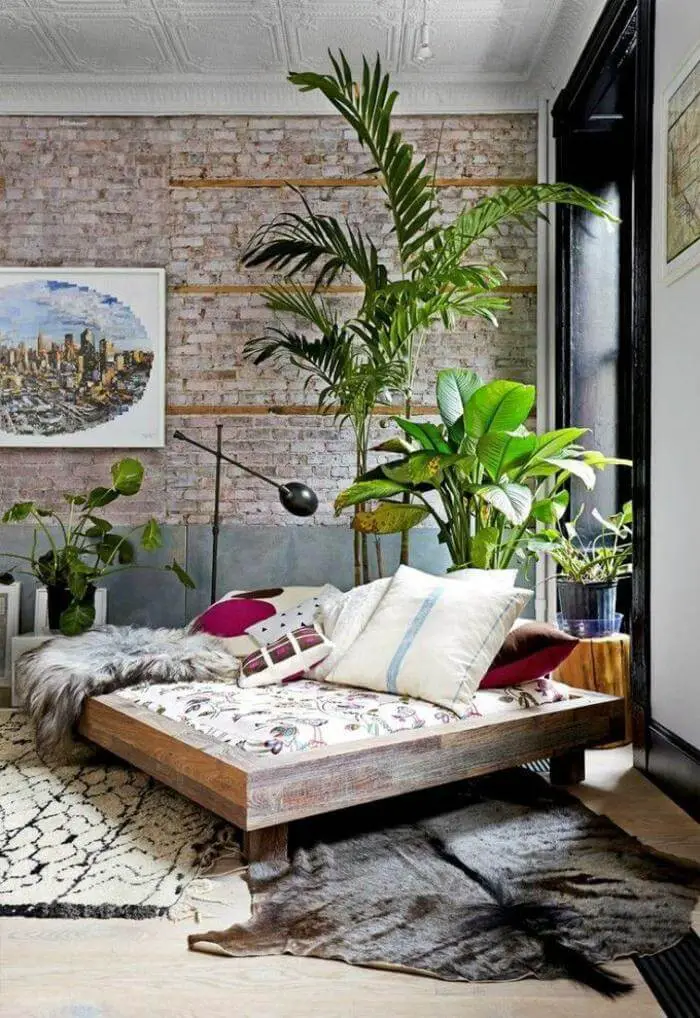
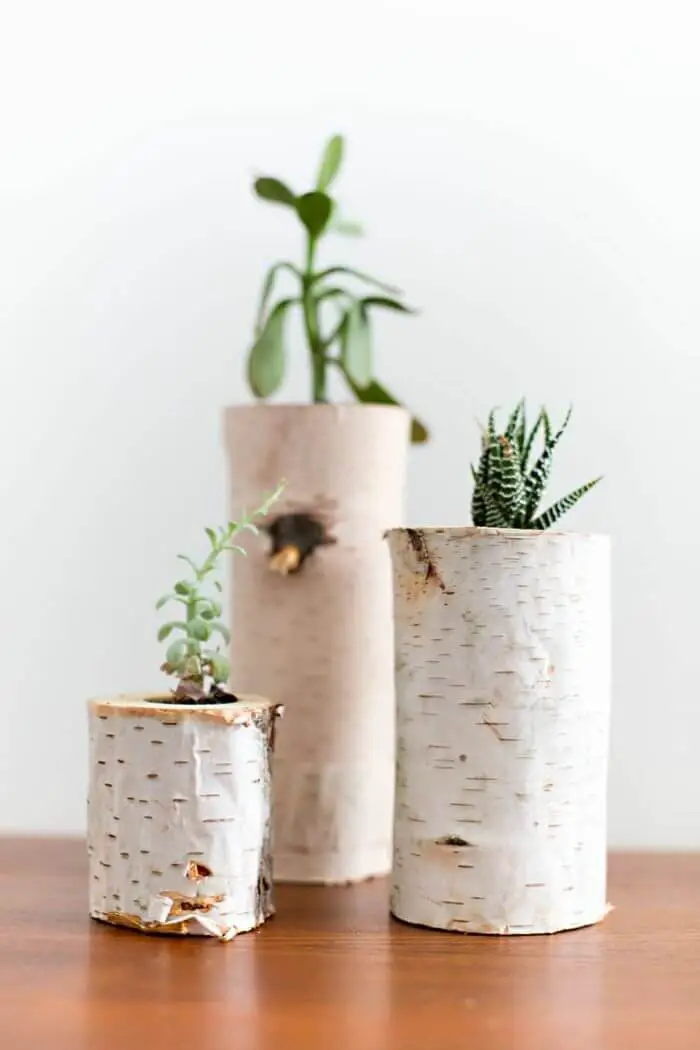
Revitalize an unused fireplace by turning it into a thriving plant display. Start by grouping houseplants together, with taller, bushier varieties at the back and sides, and smaller plants filling in the gaps. Experiment with trailing and climbing species to add visual interest. When selecting plants for your décor, remember that they’ll require adequate light and air circulation. To ensure this, rotate your plants regularly, especially those placed in dark corners or on shelves.
Start by keeping them in a well-lit area for a few weeks before moving them to a darker spot. This will allow them to adjust and thrive. To prevent water damage, place trays or saucers under all of your plants and ensure they drain properly when watering. If using ceramic planters, remove the plants first to prevent waterlogged soil. When choosing plants for high-traffic areas, select sturdy species that can withstand abuse.
Additionally, consider light levels, pets, and children when selecting plants. Opt for varieties that match the room’s lighting conditions (or invest in grow lights if necessary). Keep delicate or toxic plants out of reach from curious pets and children to maintain a safe and harmonious environment.

